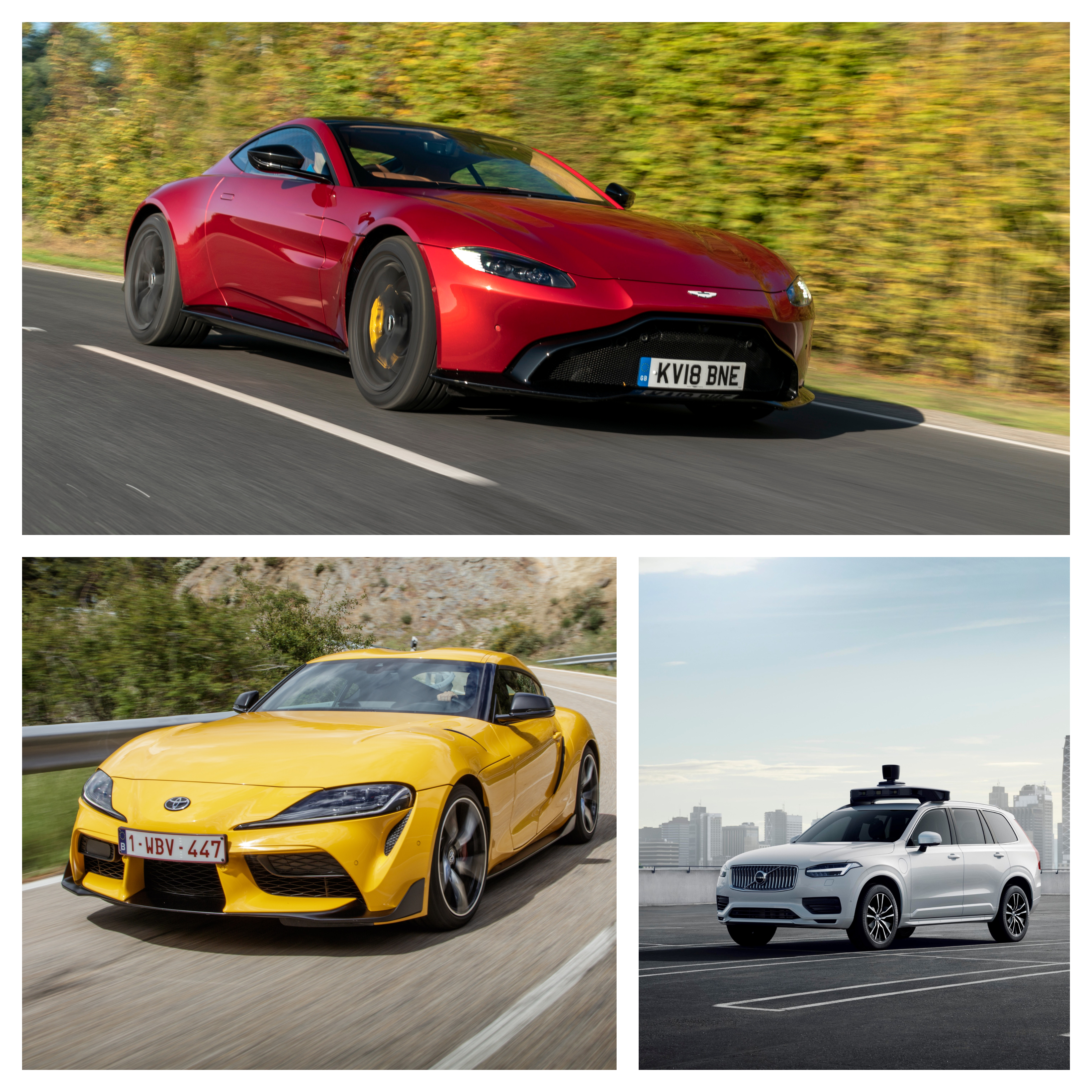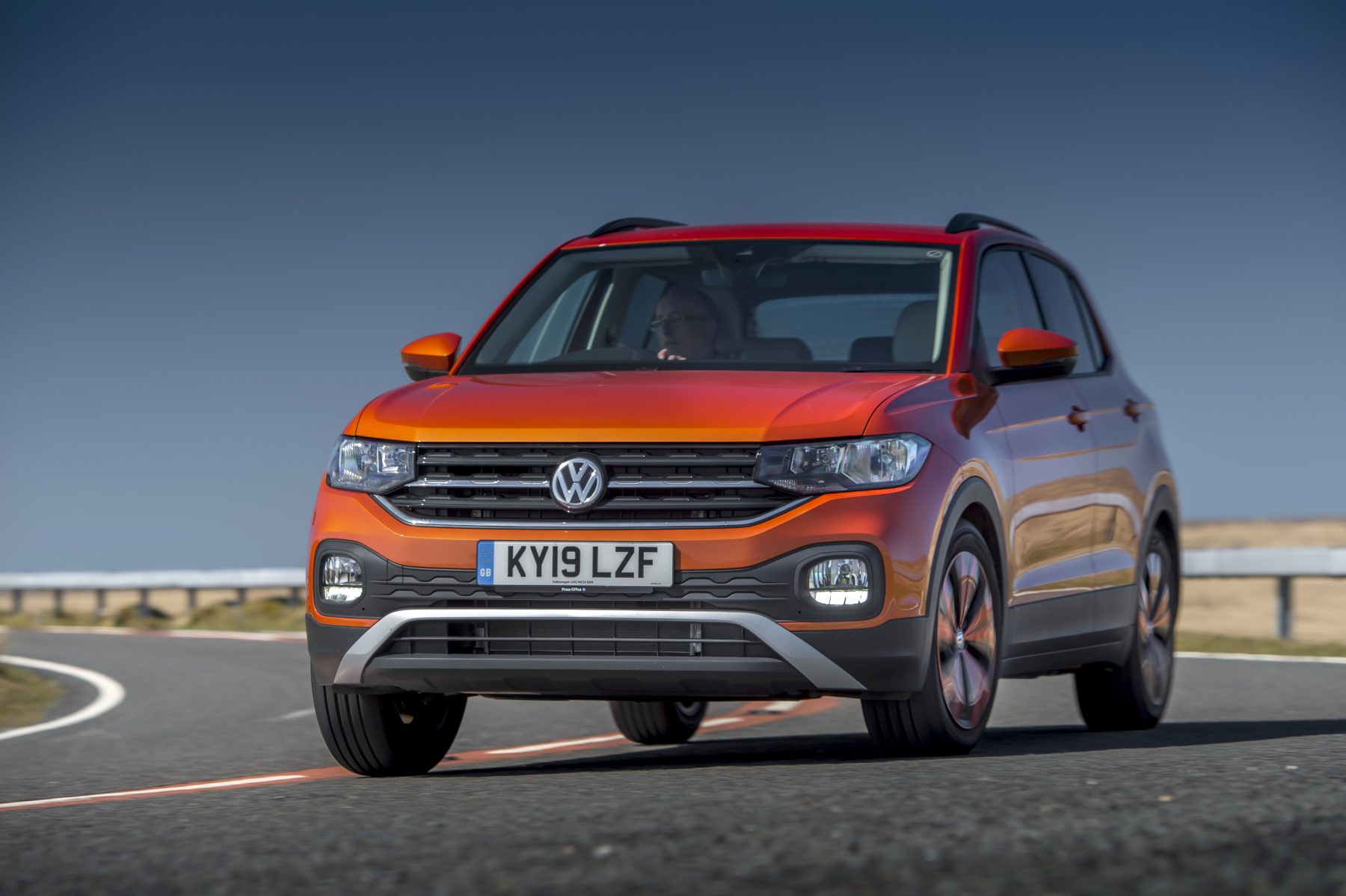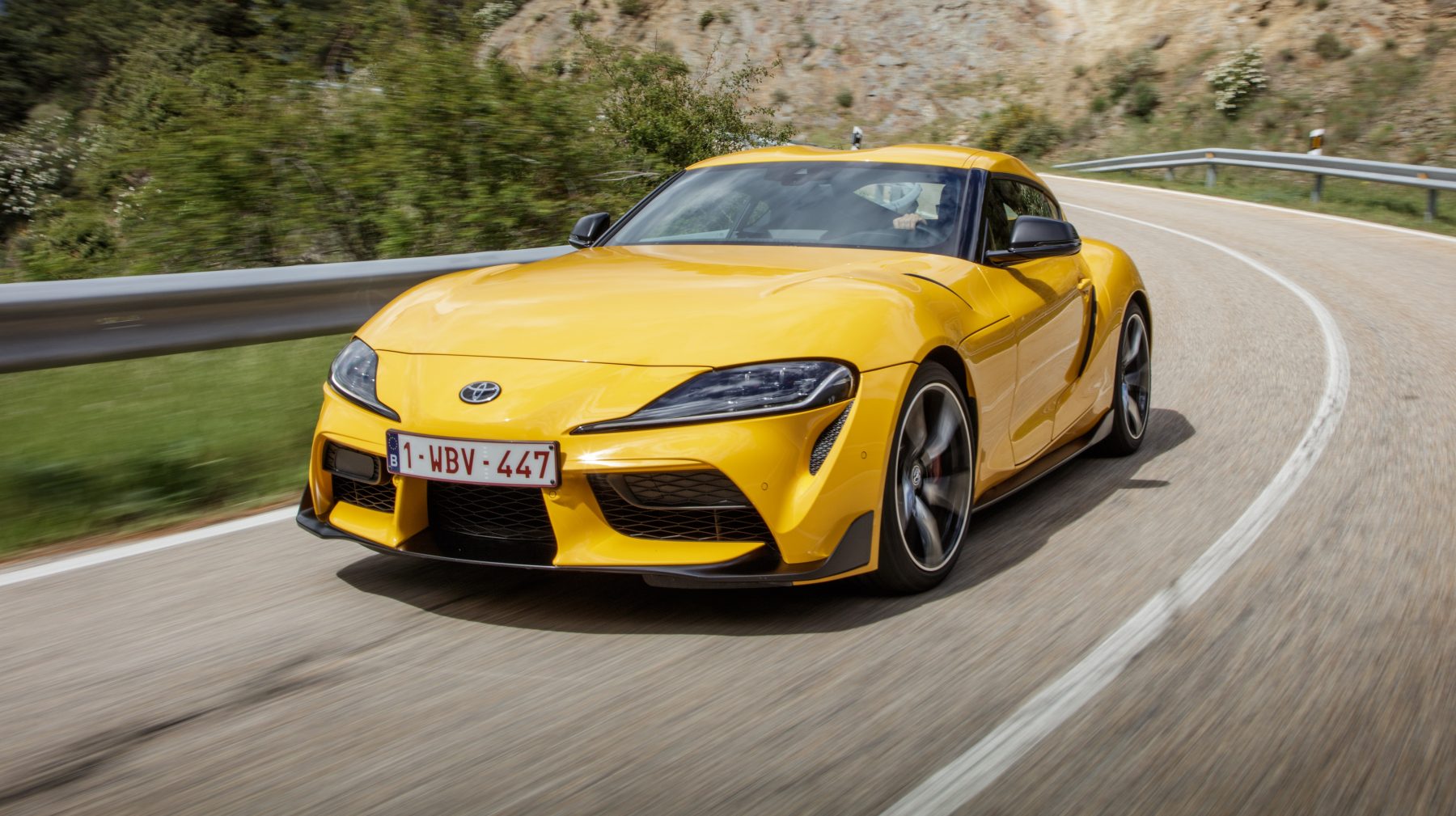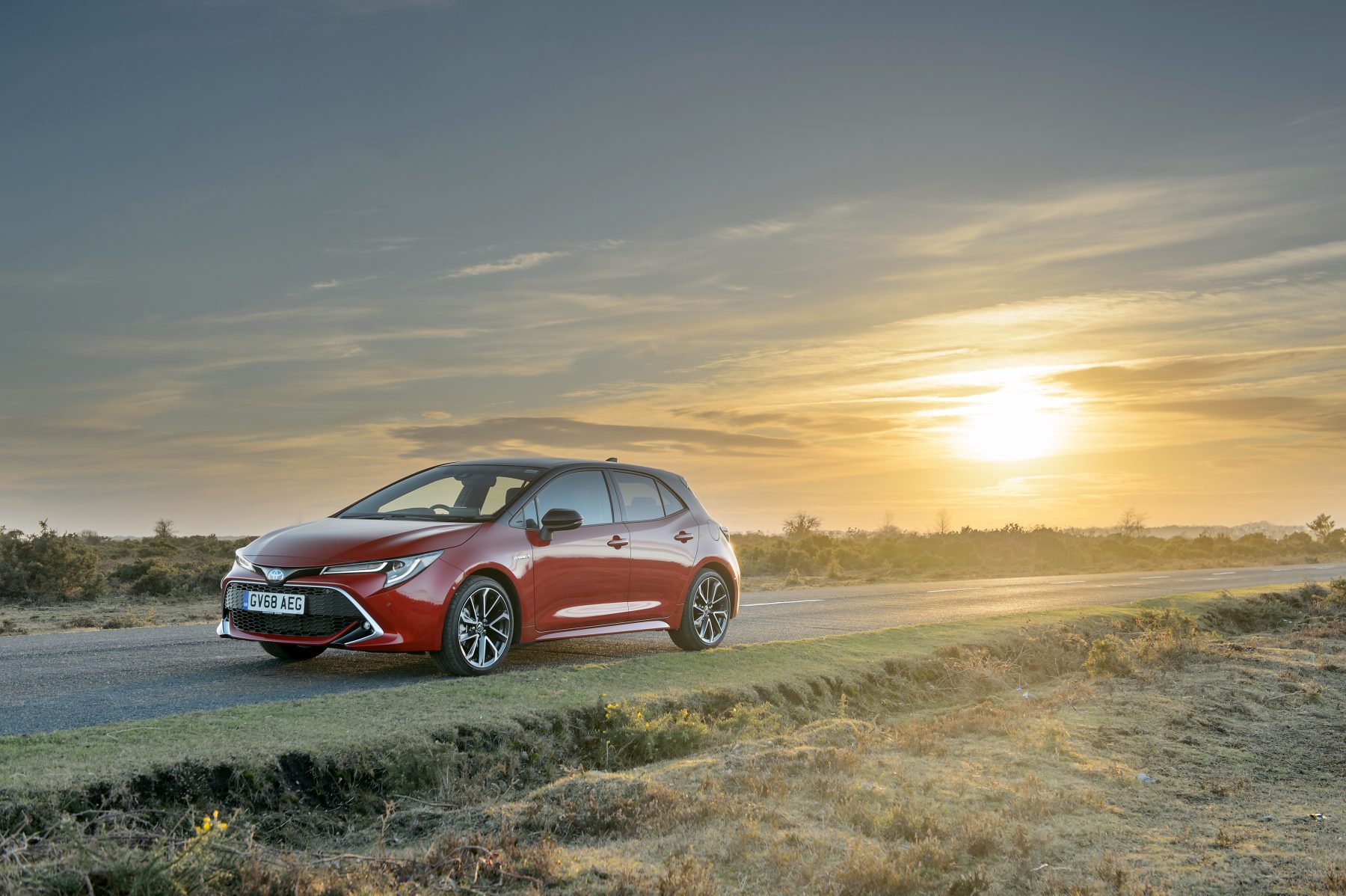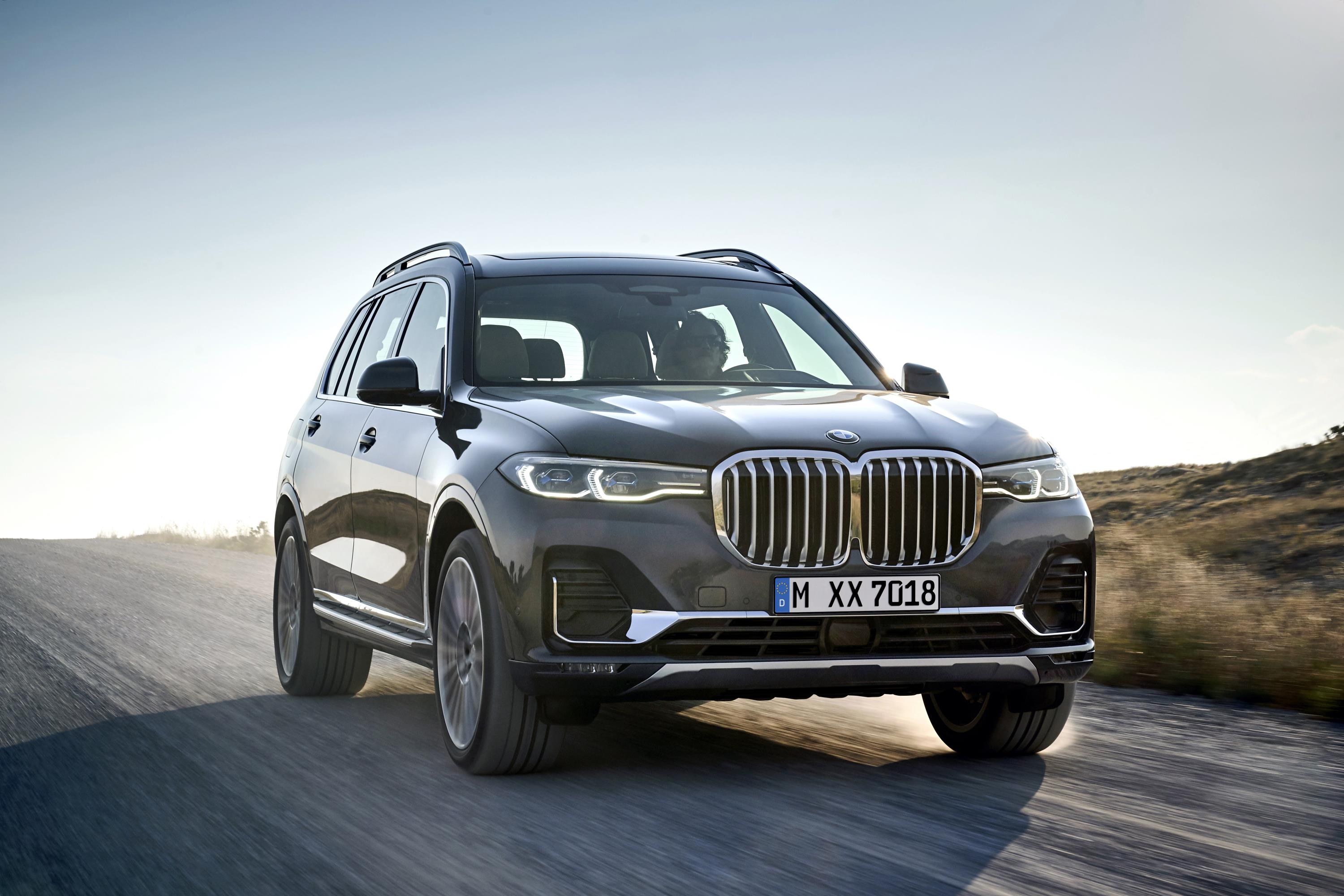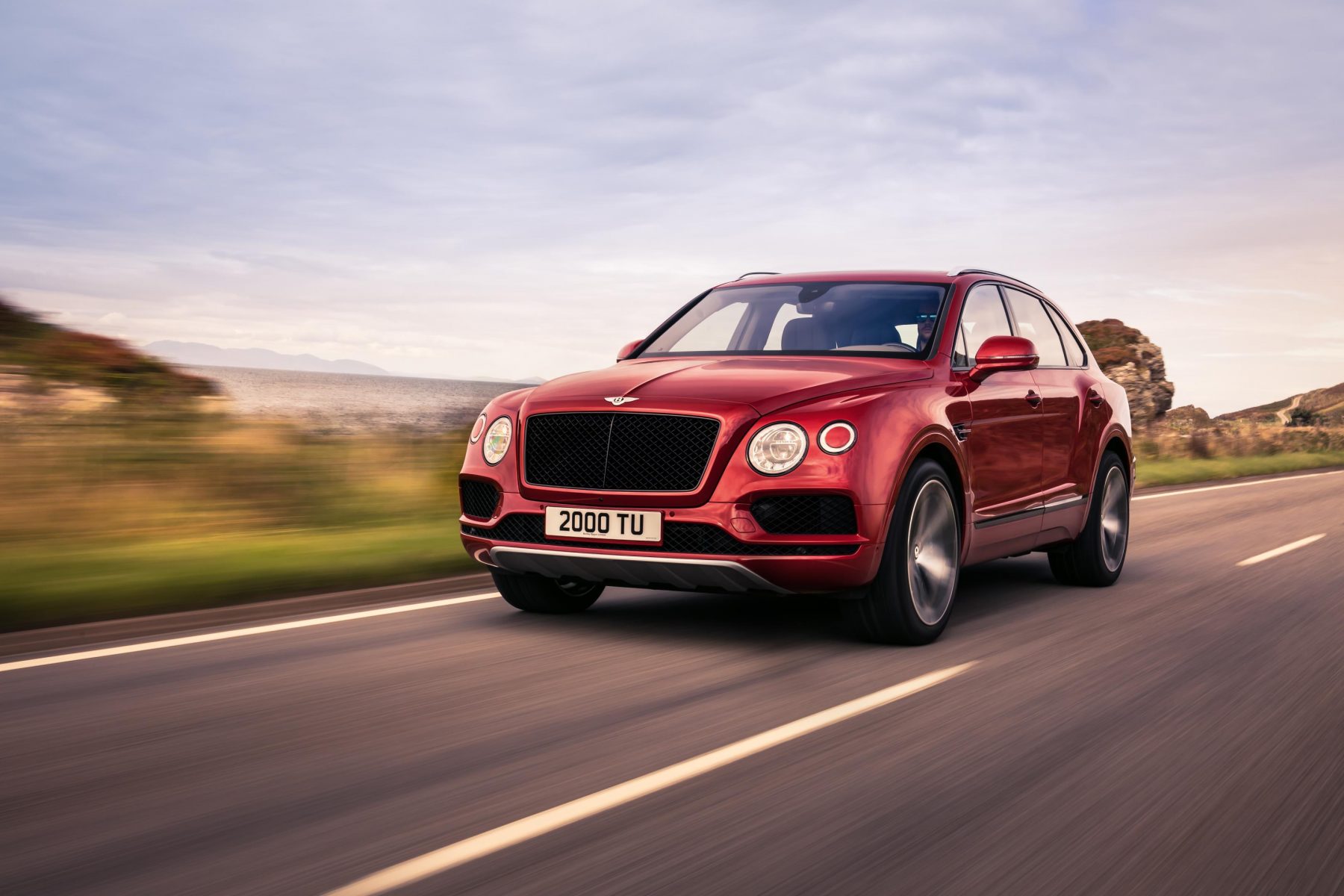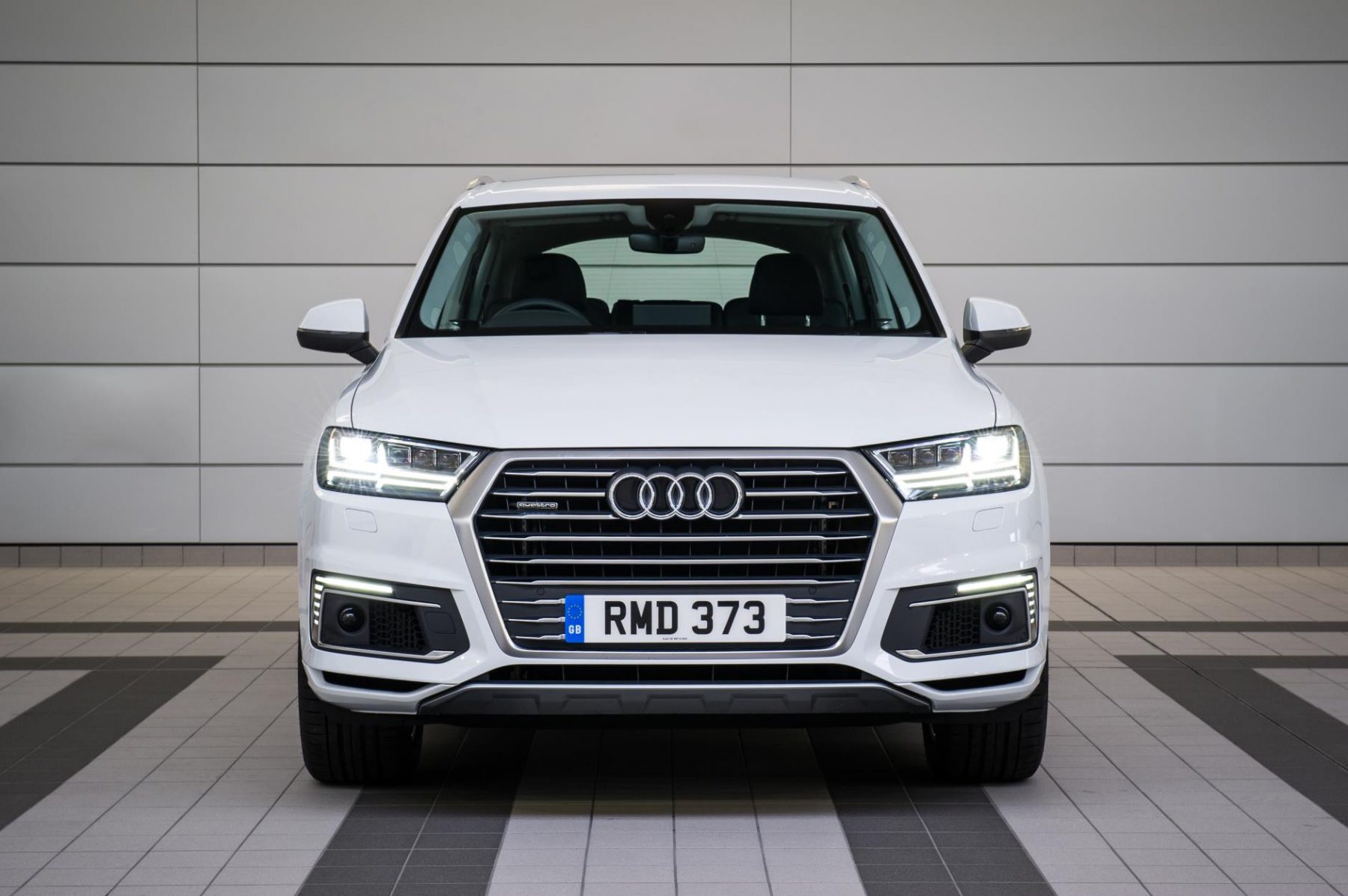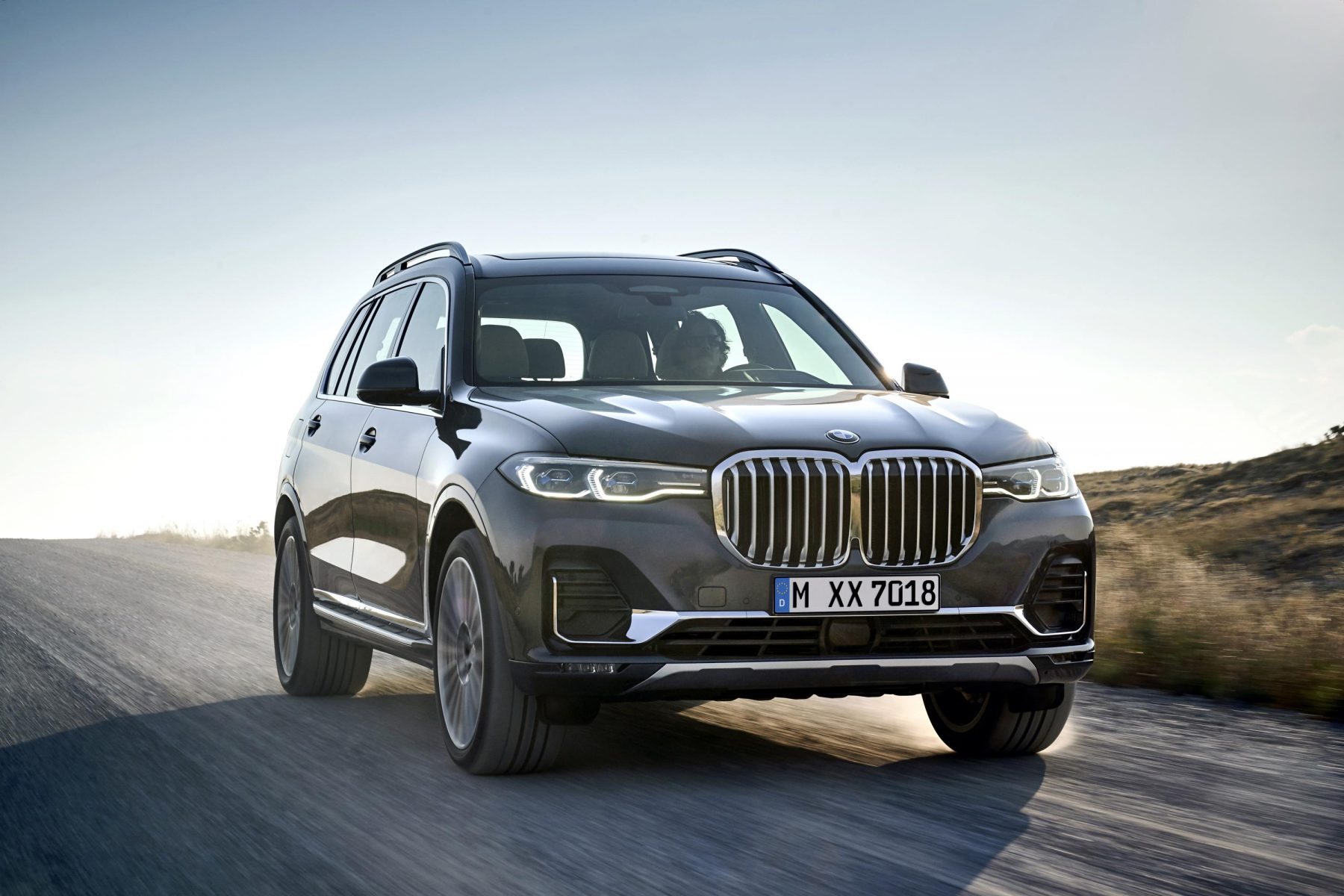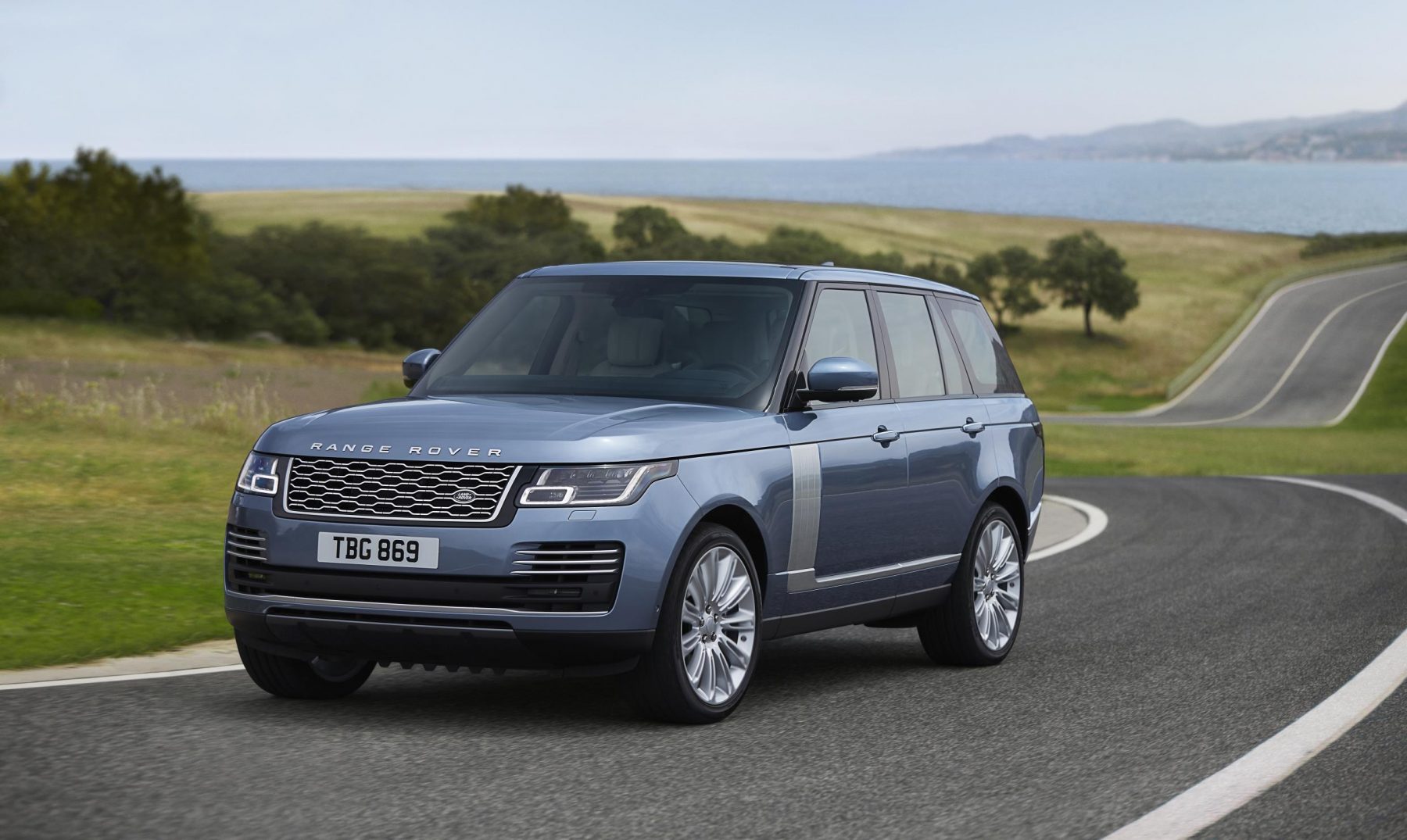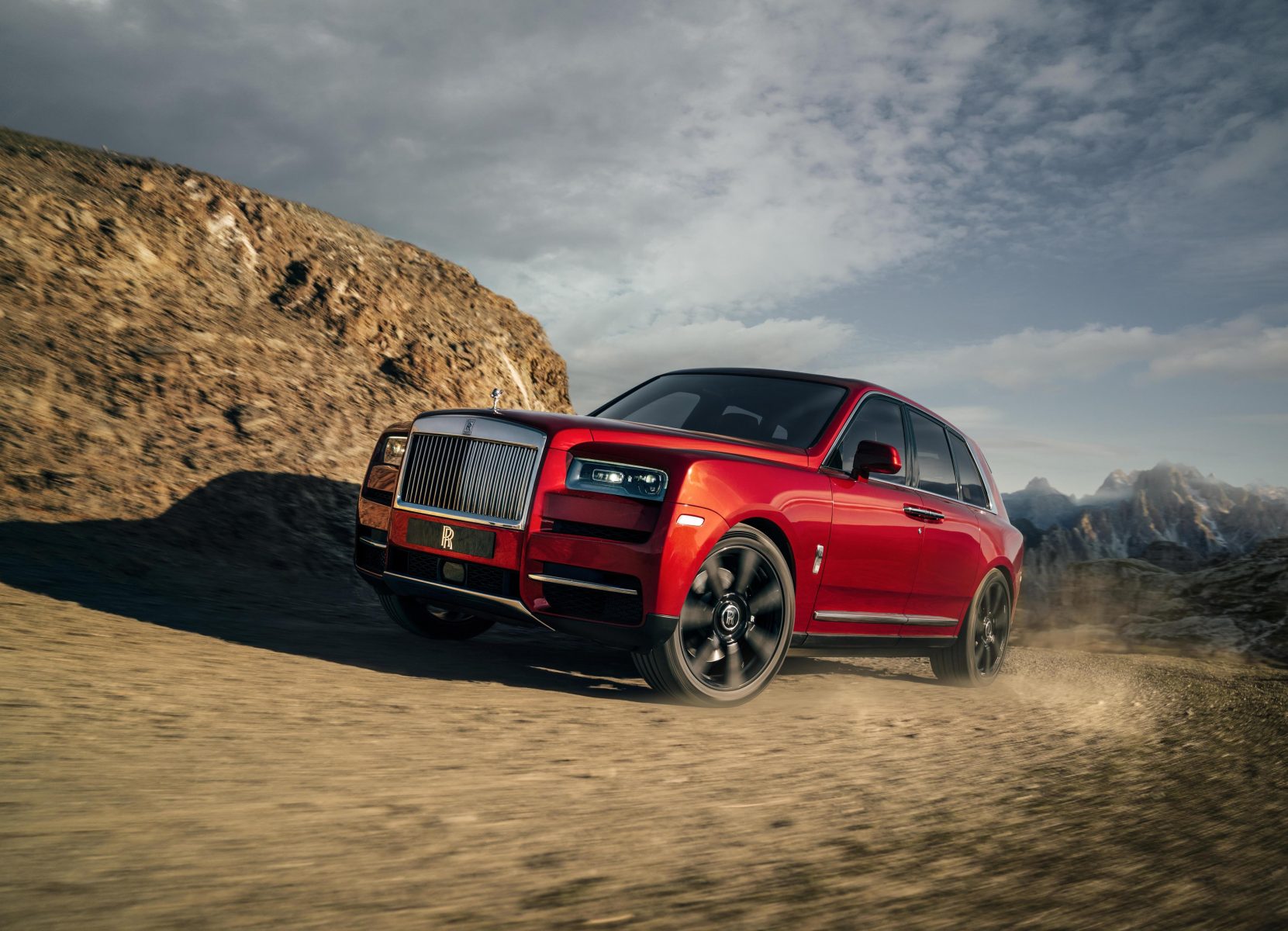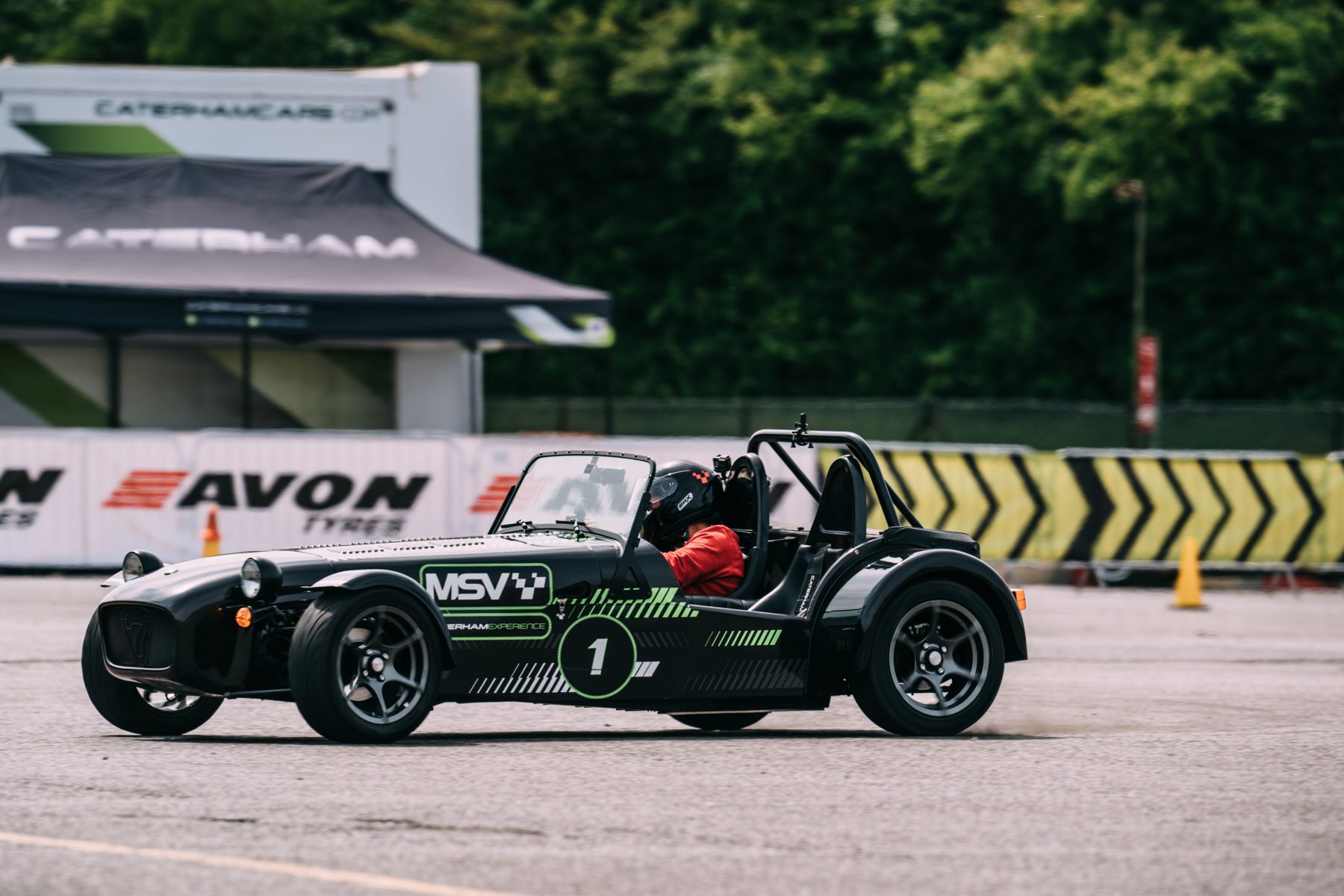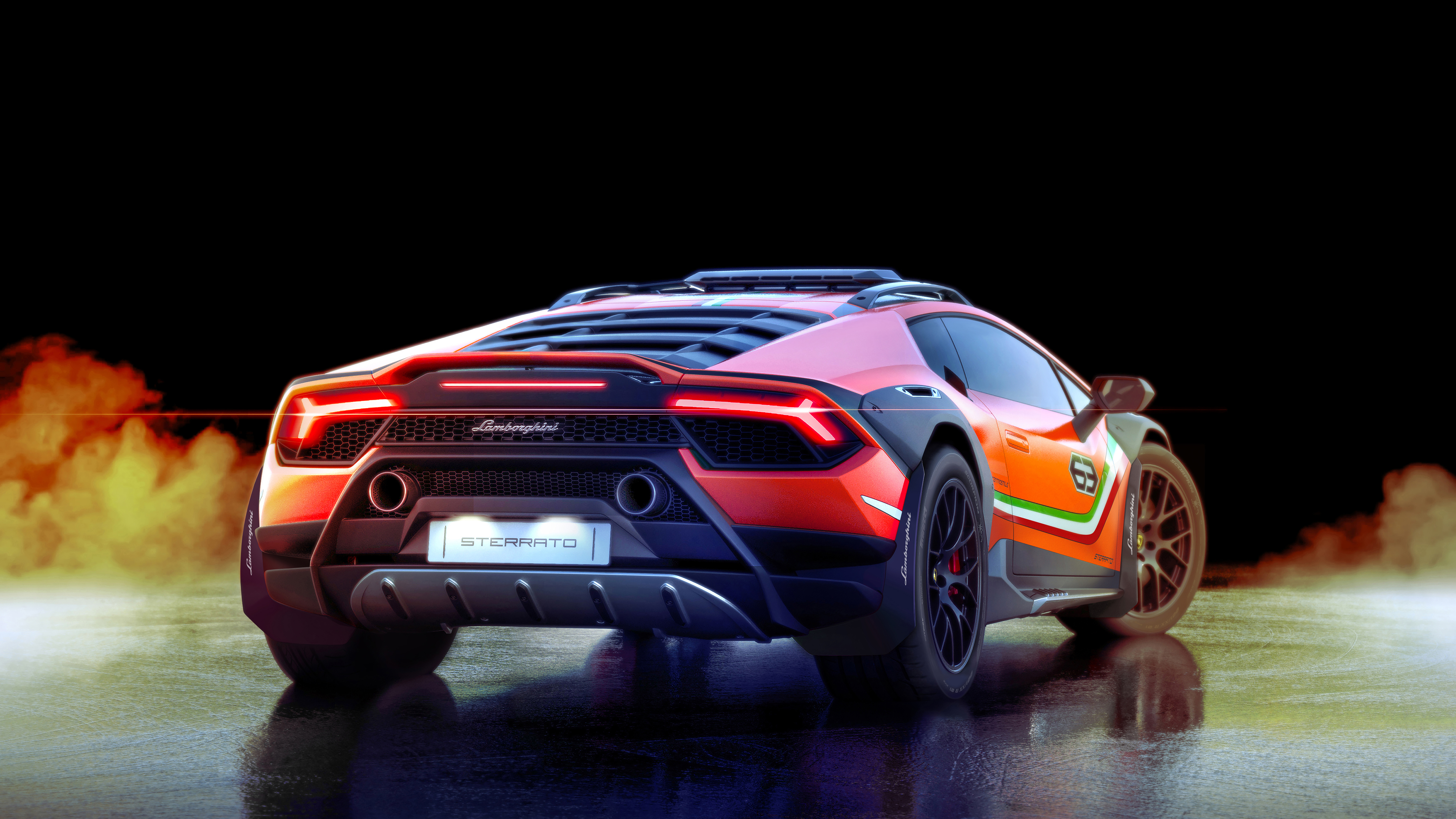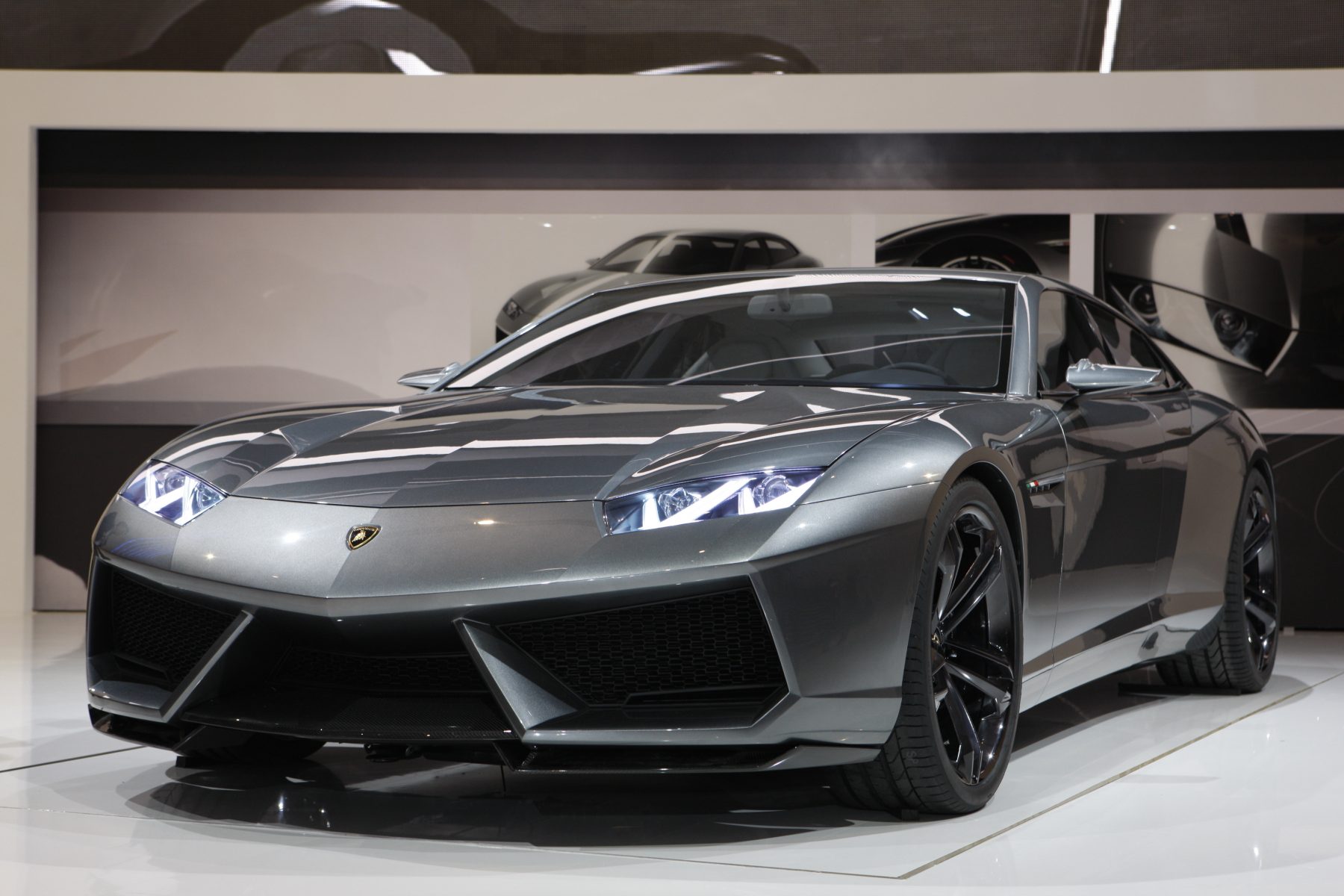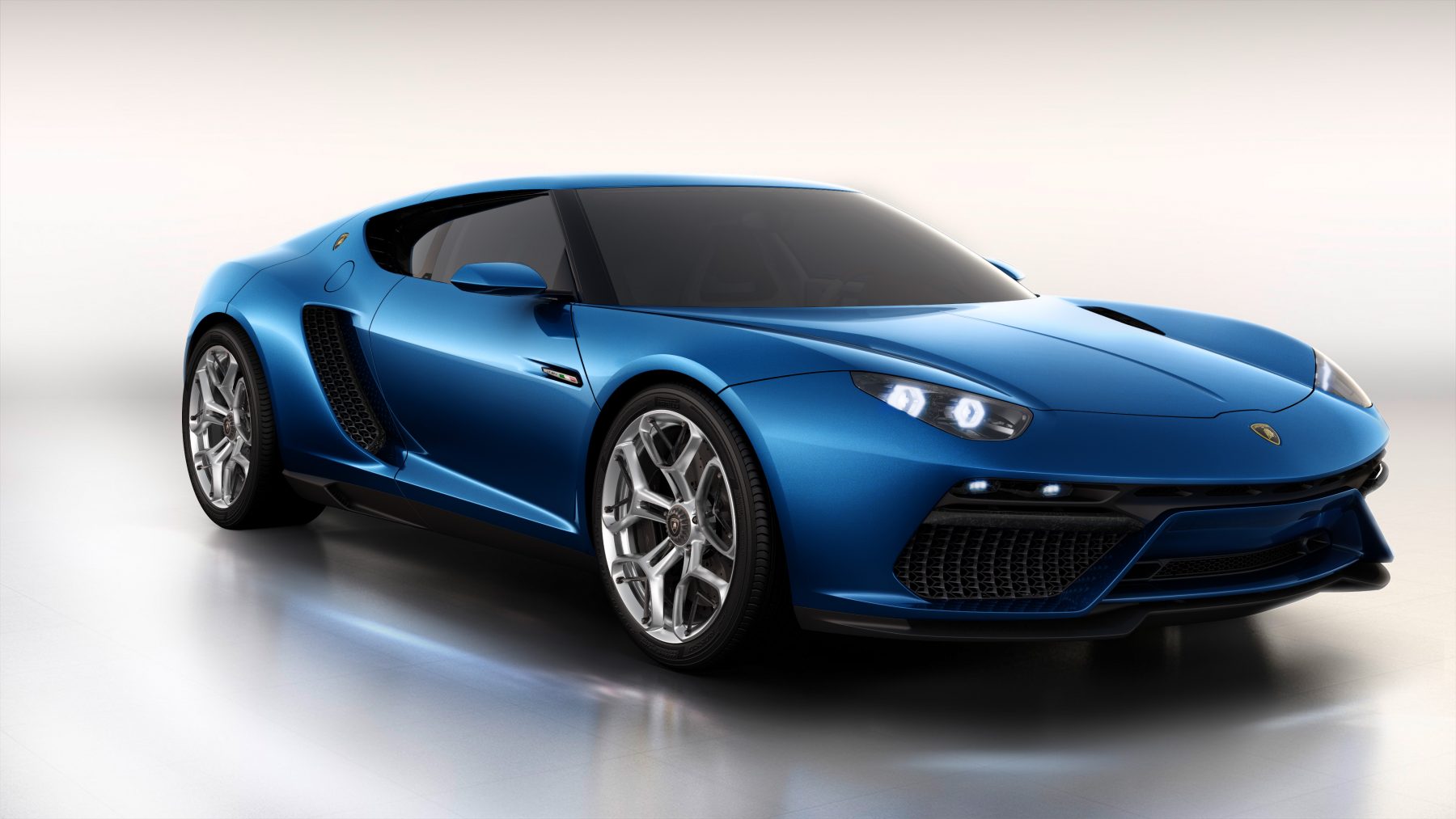For BMW aficionados, the 3 Series Touring is something of a legend. To outsiders it might seem like just another estate, but over the years it has built a reputation as the thinking man’s 3 Series, packing style and practicality into a great-to-drive package.
What’s more, while you might expect the birth of such a model to come from boring business people poring over sales statistics to decide whether a load-lugging version of the popular saloon would be a good idea, its story starts in a much more interesting way…
E30
 BMW bosses had not planned to offer an estate version of the second-generation 3 Series because no rival models did, and none offered enough practicality for the 3 Series to be left behind. However, a prototype engineer called Max Reisböck was getting frustrated at the lack of space in the saloon for his family.
BMW bosses had not planned to offer an estate version of the second-generation 3 Series because no rival models did, and none offered enough practicality for the 3 Series to be left behind. However, a prototype engineer called Max Reisböck was getting frustrated at the lack of space in the saloon for his family.
He bought a wrecked saloon and set about creating a wagon version in just six months. Friends encouraged him to show the BMW board, and they loved it so much they asked to keep the prototype to study it. Within three years, a production model was on the market.
Over 100,000 were sold, with both petrol and diesel, and rear- and all-wheel drive options.
E36
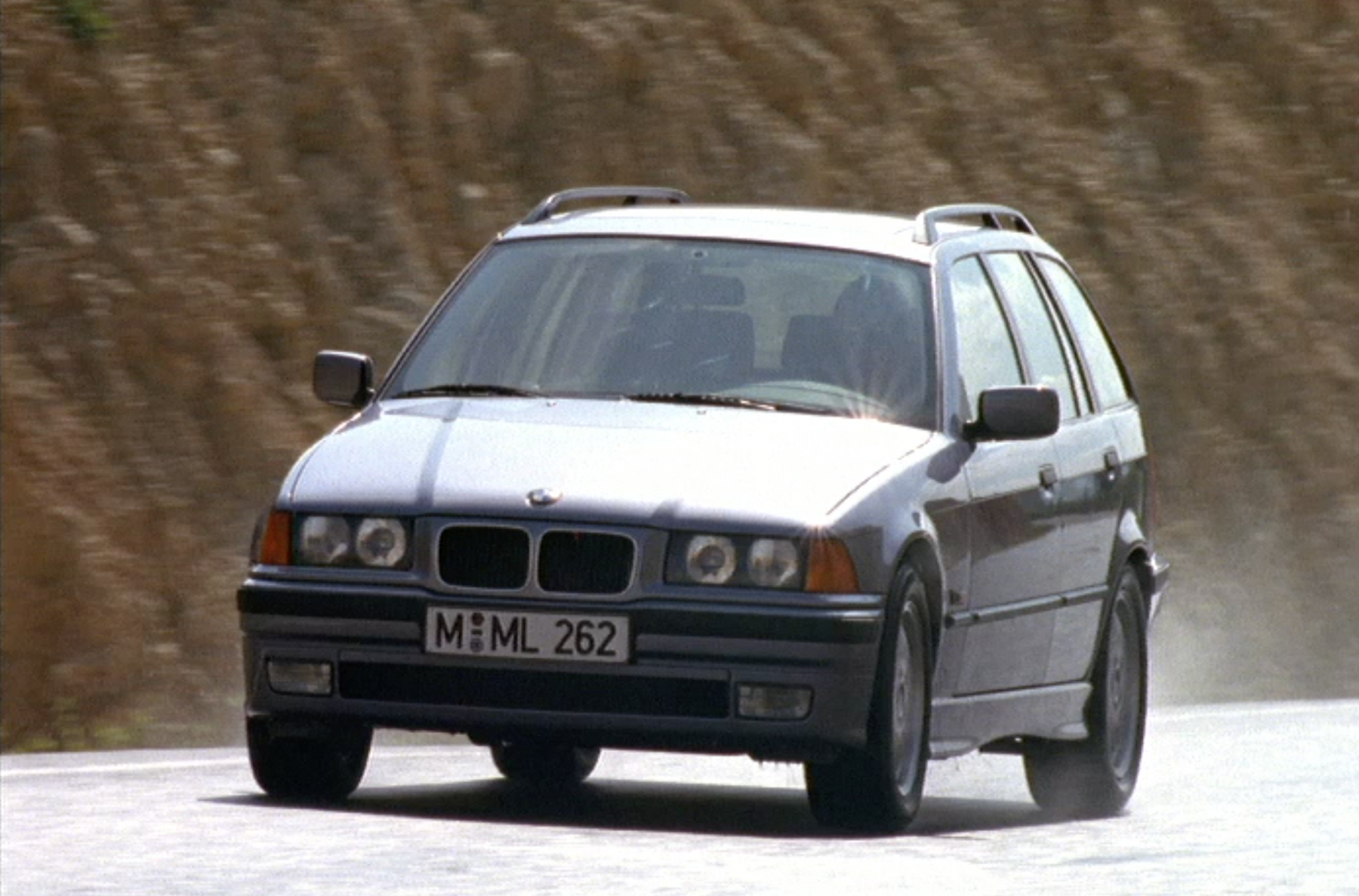 Following the warm reception of the previous generation, BMW knew it was on to a winner with the 3 Series estate. The E30 might not have been a huge sales success, but it showed there was appetite for the body shape, and it was simply ahead of its time.
Following the warm reception of the previous generation, BMW knew it was on to a winner with the 3 Series estate. The E30 might not have been a huge sales success, but it showed there was appetite for the body shape, and it was simply ahead of its time.
With the 1990s and the third-generation 3 Series, BMW’s rivals had caught on. Both Audi and Mercedes-Benz now offered estates, so the E36 had to be good.
Fortunately, it was. Unlike huge modern estates, the E36 was more like a big hatchback, offering lightweight construction and a focus on being fun for the driver. Many enthusiasts consider the wagon to be the best-looking body style for the E36, even over the coupe and convertible versions.
E46
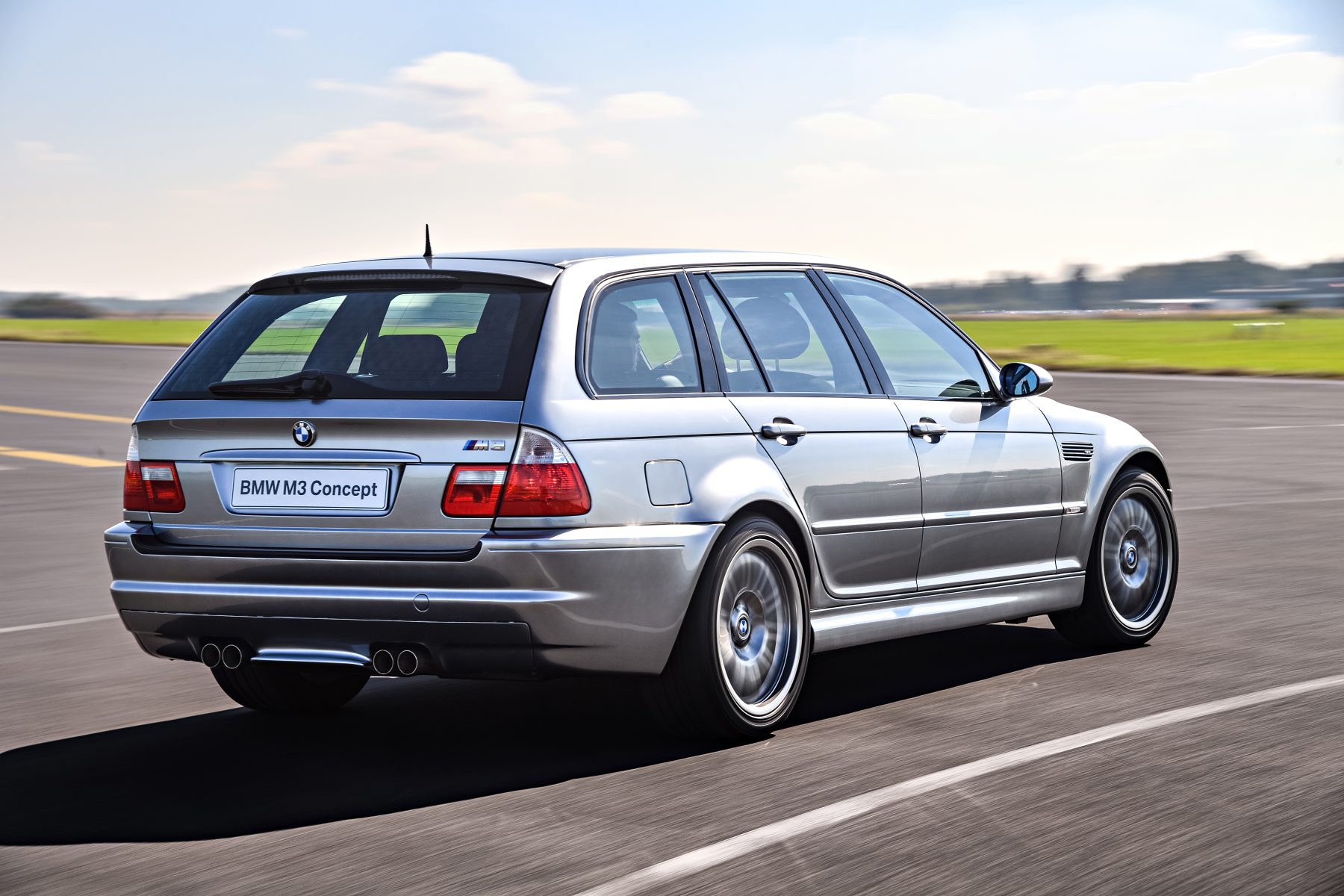 Arguably the prettiest generation of 3 Series, the Touring was a given now that it had established itself as a market leader. Now well-established, BMW considered creating a high-performance version.
Arguably the prettiest generation of 3 Series, the Touring was a given now that it had established itself as a market leader. Now well-established, BMW considered creating a high-performance version.
The M3, one of the most iconic and best-loved performance cars of the past few decades, had only been offered in saloon and coupe form, but BMW built a prototype M3 Touring to see if everything would fit together.
It was so far advanced that journalists were invited to drive it, pitched as a PR exercise but almost certainly to also gauge customer interest. Sadly, despite a seemingly positive reception, the E46 M3 Touring never made production.
E91
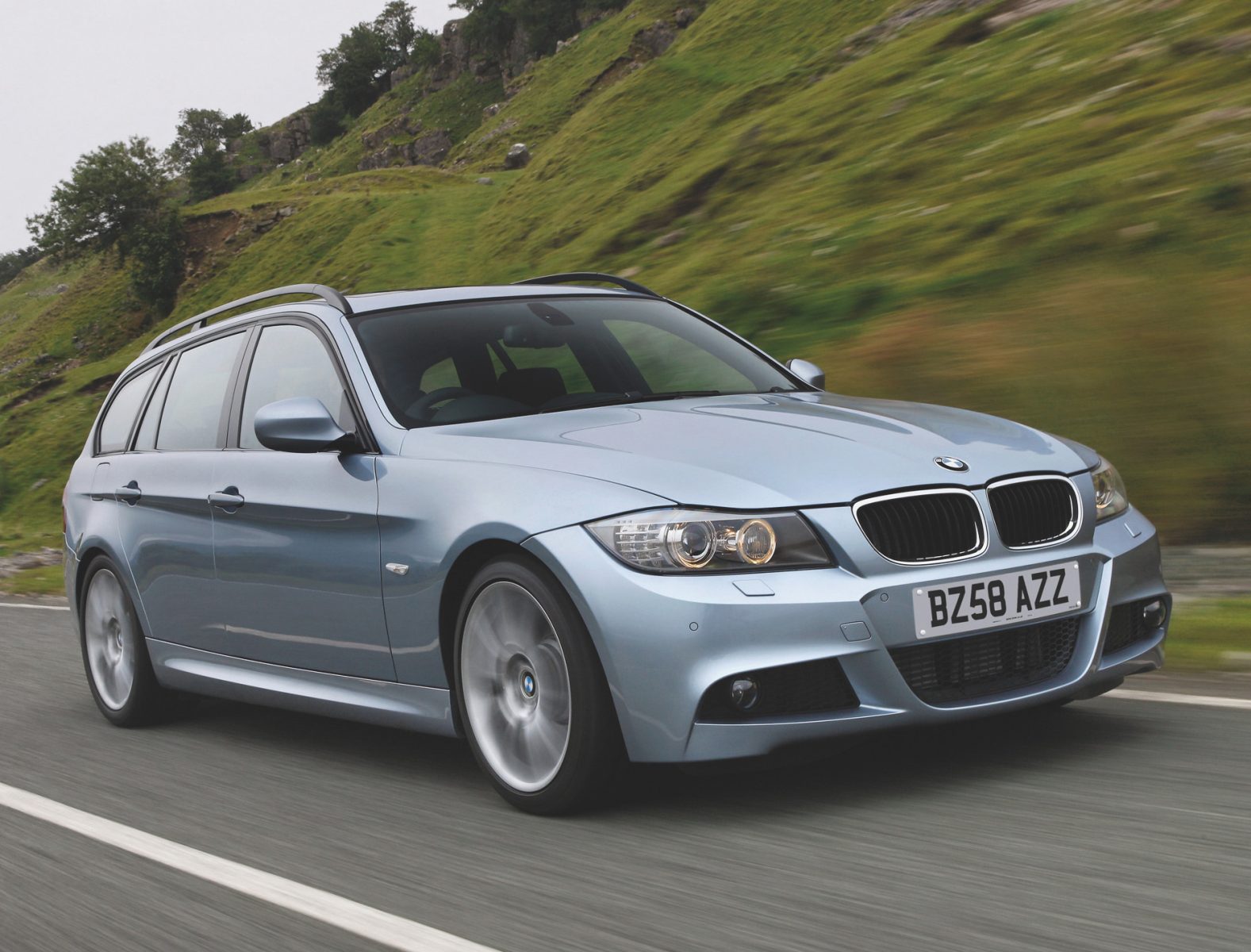 Based on the E90 saloon that debuted in 2005, the E91 was not the biggest or most practical estate at its price point. However, it still earned admiration and drew customers, thanks in part to BMW’s class-leading chassis dynamics, and the prestige of the badge.
Based on the E90 saloon that debuted in 2005, the E91 was not the biggest or most practical estate at its price point. However, it still earned admiration and drew customers, thanks in part to BMW’s class-leading chassis dynamics, and the prestige of the badge.
While the E46 was once considered for the M3 treatment, there was never any true, well-founded speculation for the E91. However, the twin-turbo 3.0-litre engine in the 335i delivered 306bhp, and could accelerate from 0-60mph in 5.5 seconds.
Not enough for you? Fortunately, BMW tuning experts Alpina made an estate variant of its B3, which is the closest thing you can get to a factory-built M3 Touring.
F31
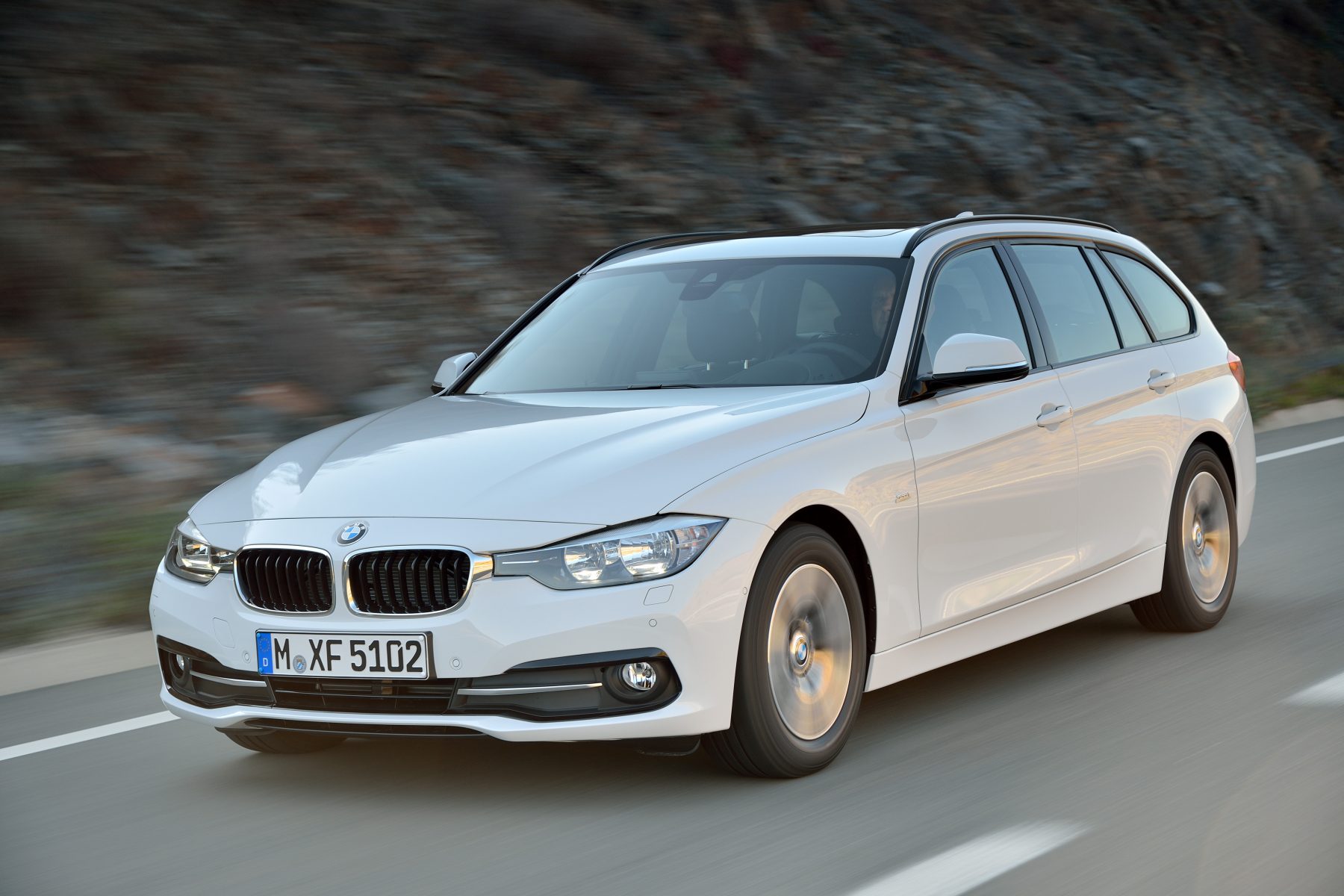 By time the F31 generation Touring came into being, it wasn’t lacking competition from within its own model range.
By time the F31 generation Touring came into being, it wasn’t lacking competition from within its own model range.
Not only was the saloon version on the market, but there was also the newly-introduced 3 Series Gran Turismo, as well as the coupe and convertible variants, marketed as the 4 Series. The 3 Series Touring was a little closer to some less premium rivals in the practicality stakes, but was still not the most practical estate out there.
G20
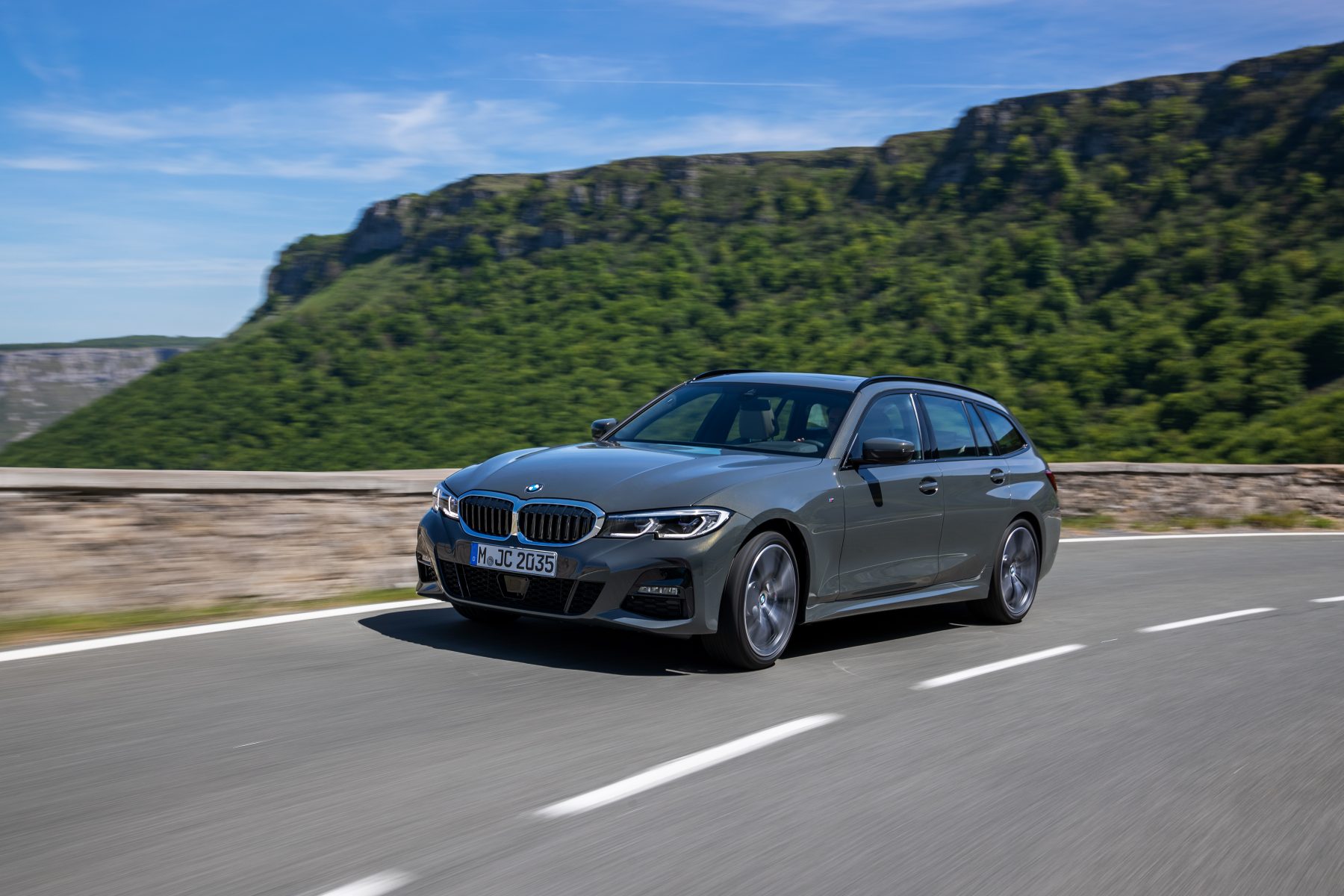 The newly-revealed estate version of the current 3 Series is unlikely to provide many surprises. It will drive superbly and be a little down on space relative to some rivals, while still managing to be one of the best estate options out there courtesy of its other abilities.
The newly-revealed estate version of the current 3 Series is unlikely to provide many surprises. It will drive superbly and be a little down on space relative to some rivals, while still managing to be one of the best estate options out there courtesy of its other abilities.
Of course, the speculation for an M3 variant is bubbling under as always, but it seems unlikely; of course, keeping your fingers crossed won’t hurt!

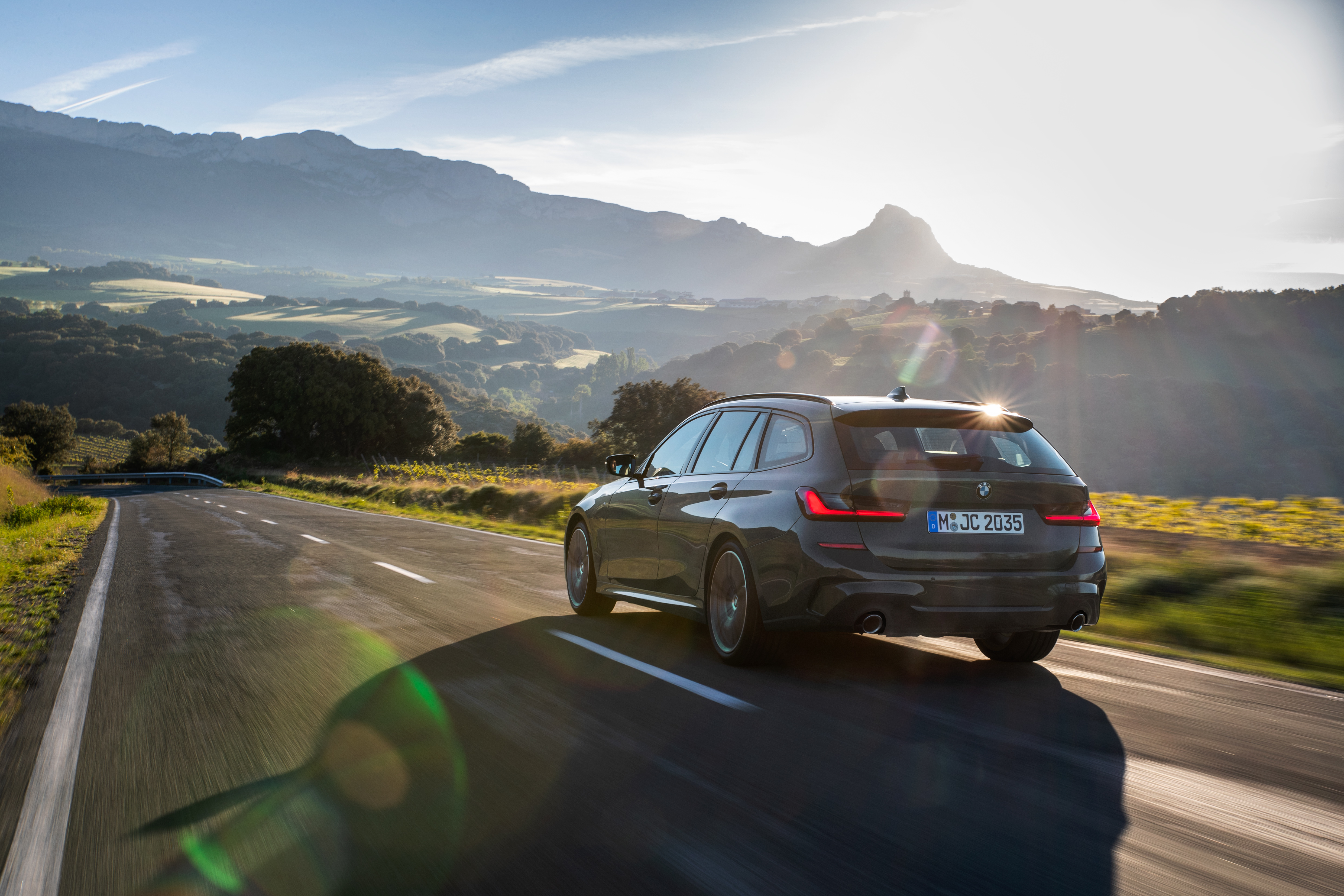
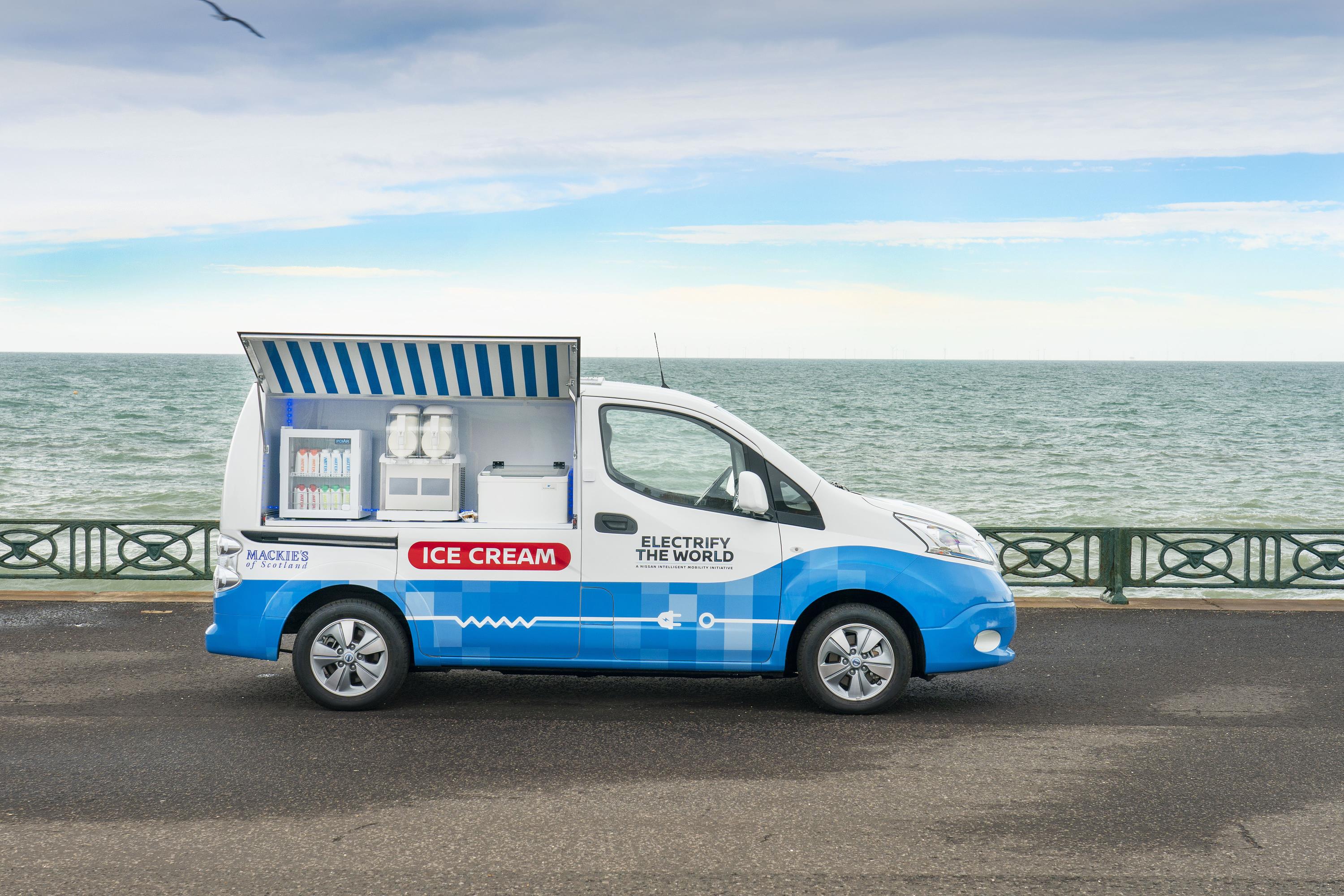

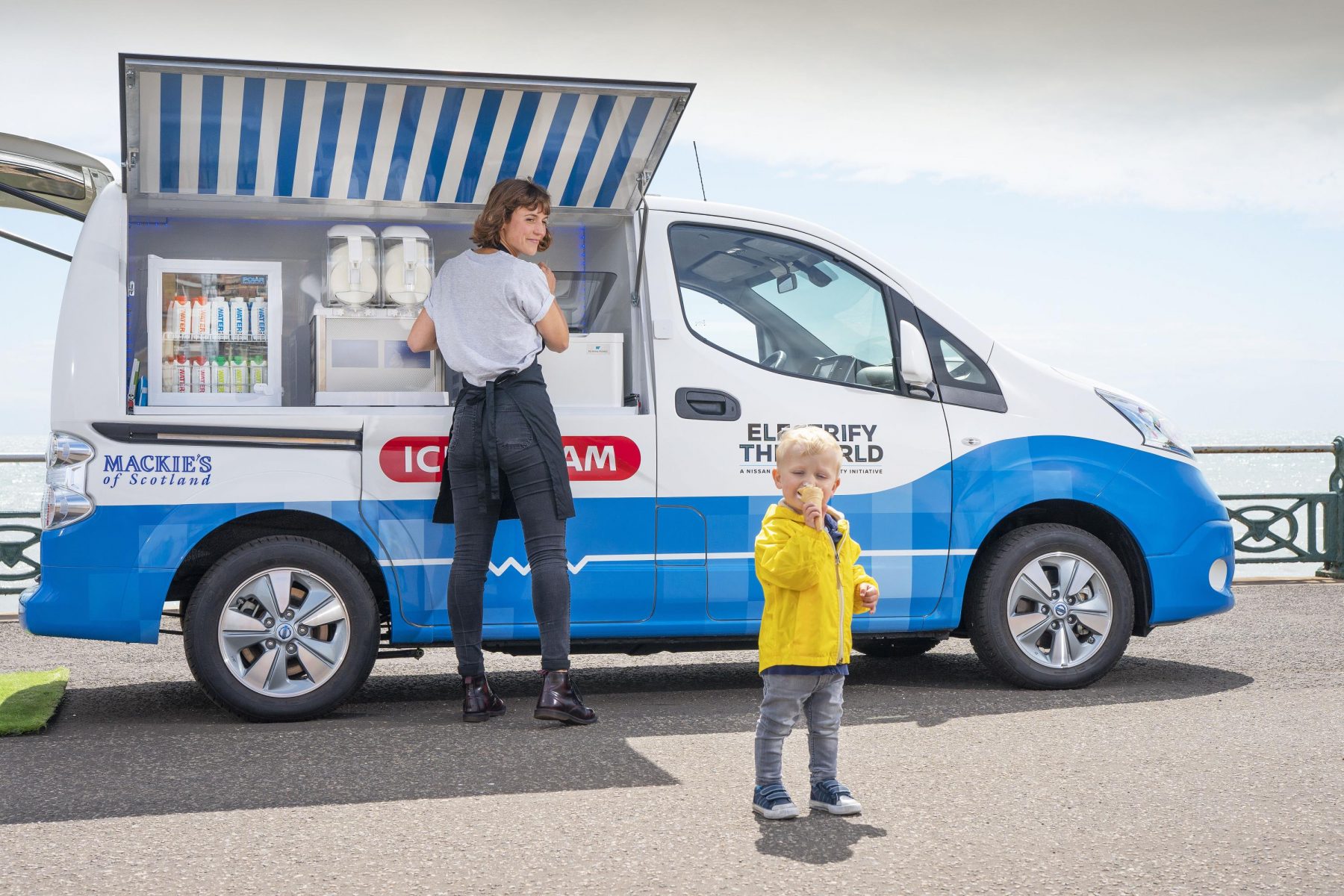
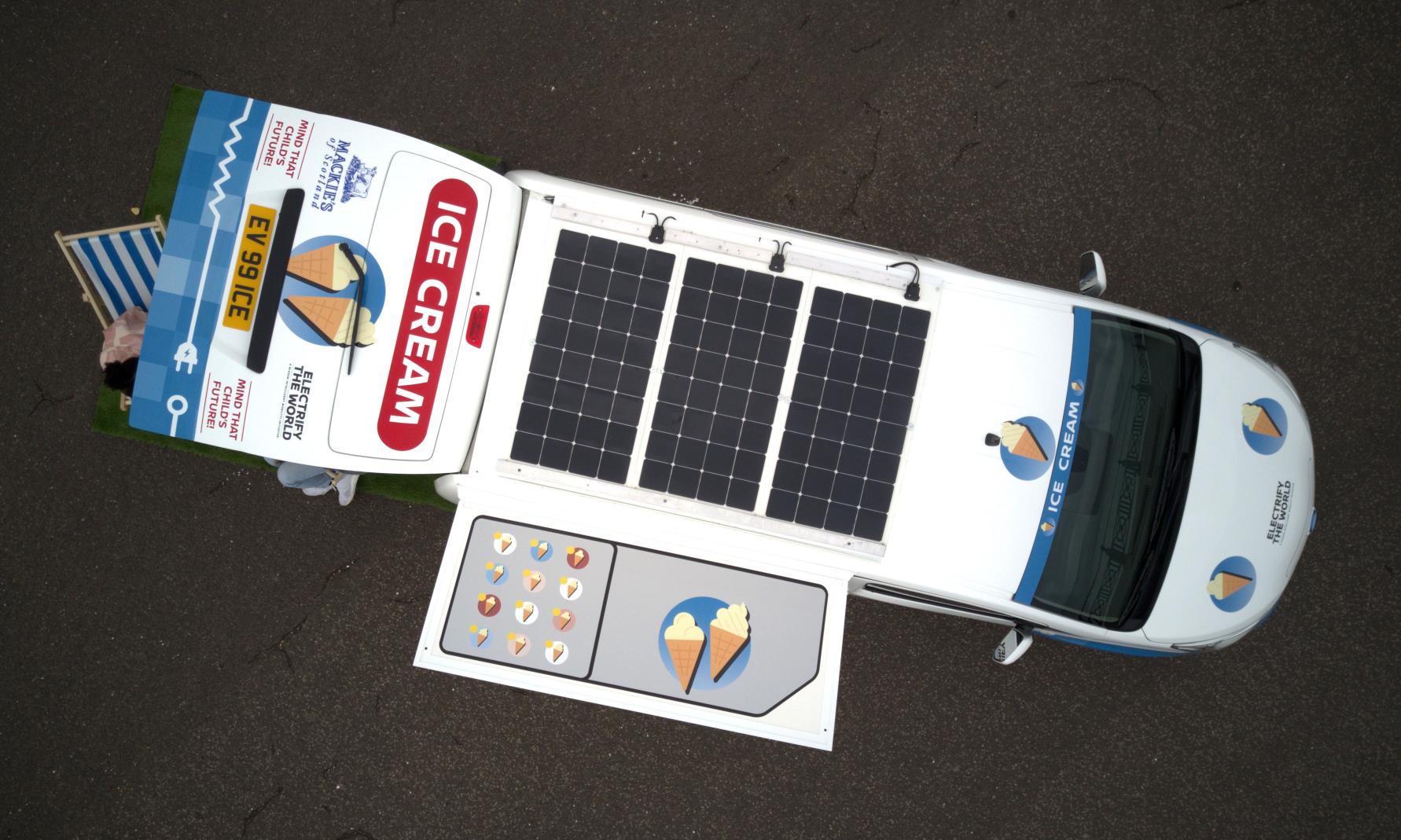
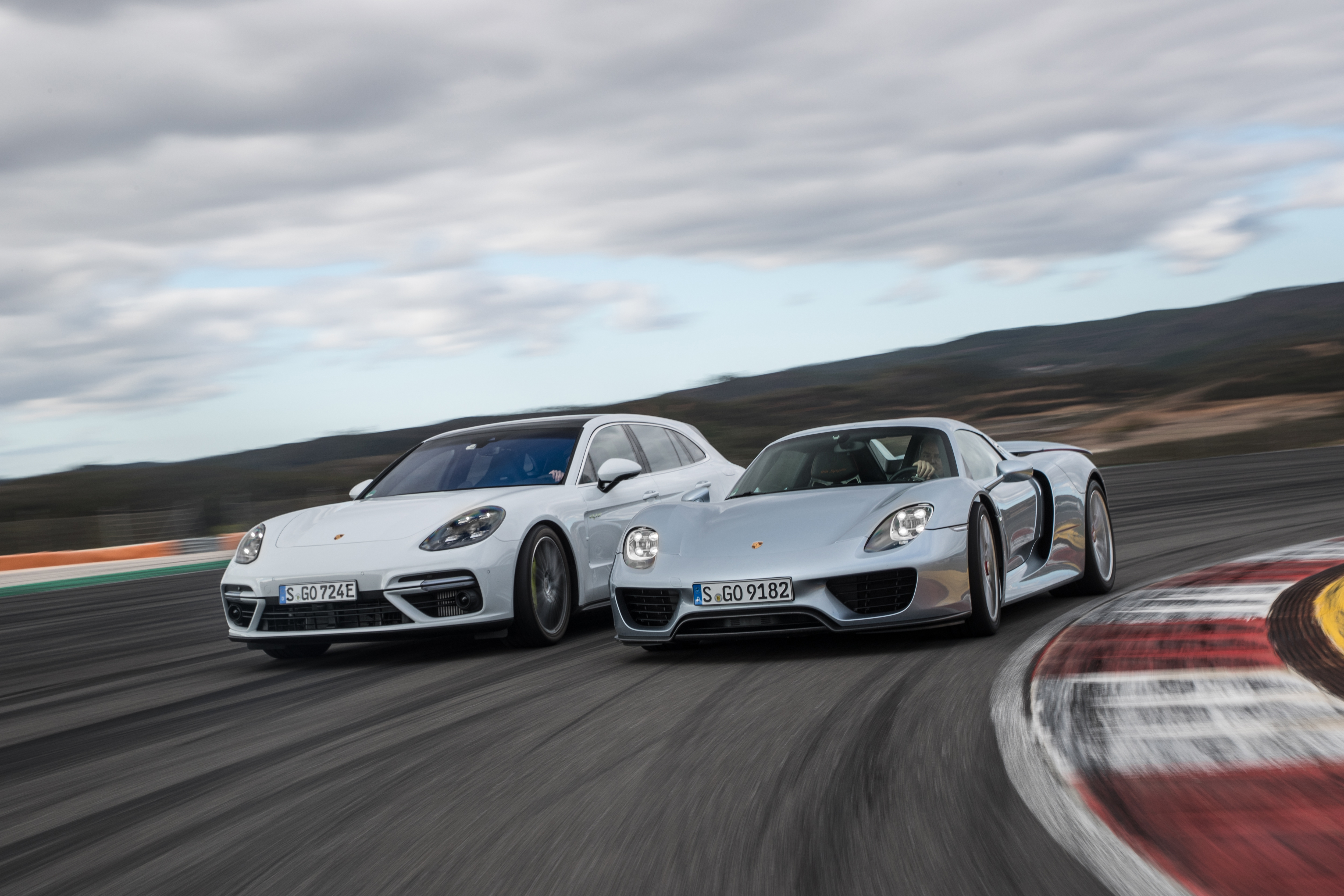
 When the Boxster first arrived on the scene in 1996, it was looked down upon in some circles for being the Porsche aimed at those who couldn’t afford a 911.
When the Boxster first arrived on the scene in 1996, it was looked down upon in some circles for being the Porsche aimed at those who couldn’t afford a 911. The Cayenne SUV was a bold choice for the marque, flying in the face of what purists saw as the brand’s identity. The perception of the Cayenne being a turn away from what Porsche had been known for to that point was not helped by the fact that a factory Le Mans racing programme was scrapped in favour of the Cayenne.
The Cayenne SUV was a bold choice for the marque, flying in the face of what purists saw as the brand’s identity. The perception of the Cayenne being a turn away from what Porsche had been known for to that point was not helped by the fact that a factory Le Mans racing programme was scrapped in favour of the Cayenne.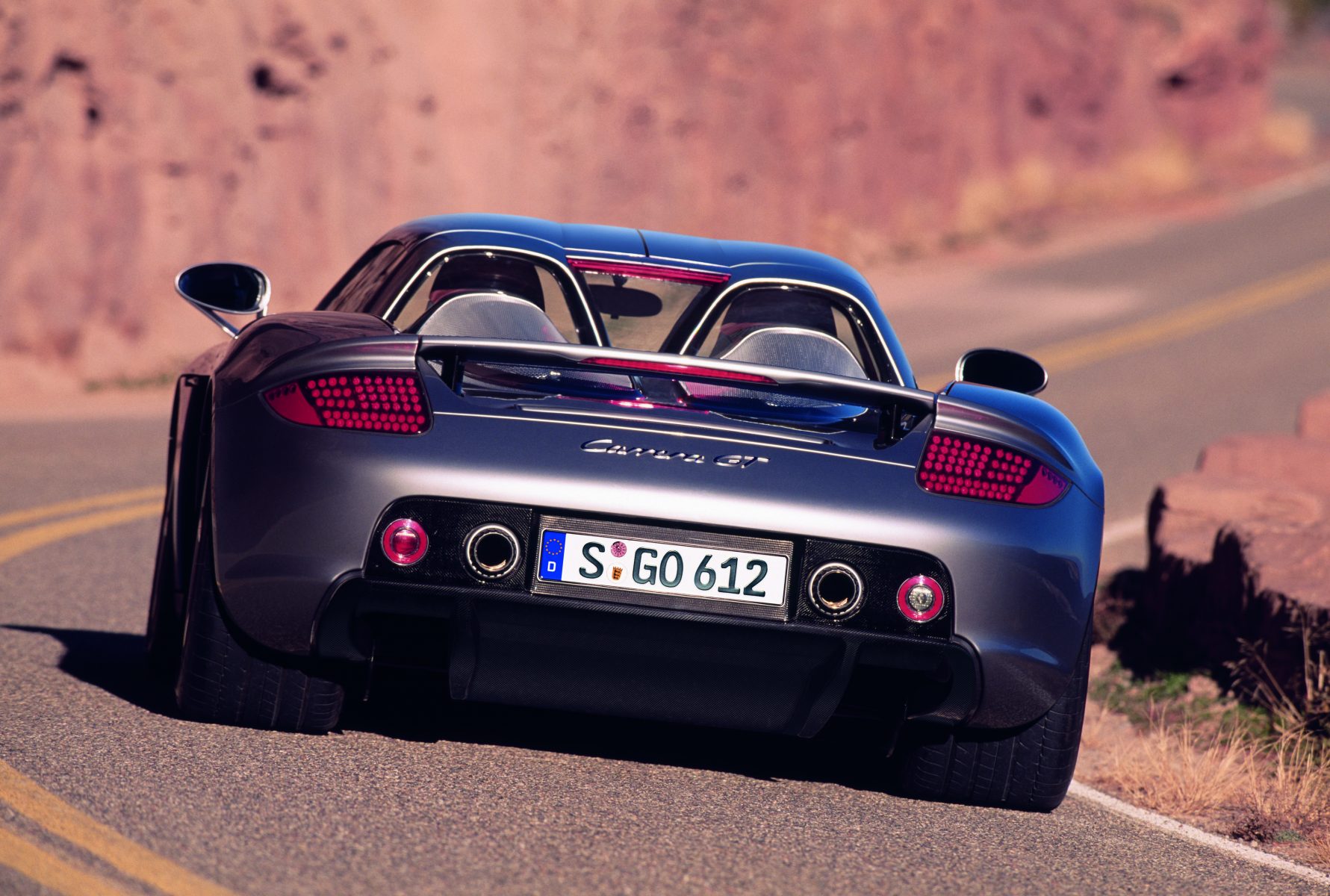 While the Cayenne did mean the end of a racing programme at the eleventh hour, the hard work of the engineers wasn’t put to waste.
While the Cayenne did mean the end of a racing programme at the eleventh hour, the hard work of the engineers wasn’t put to waste.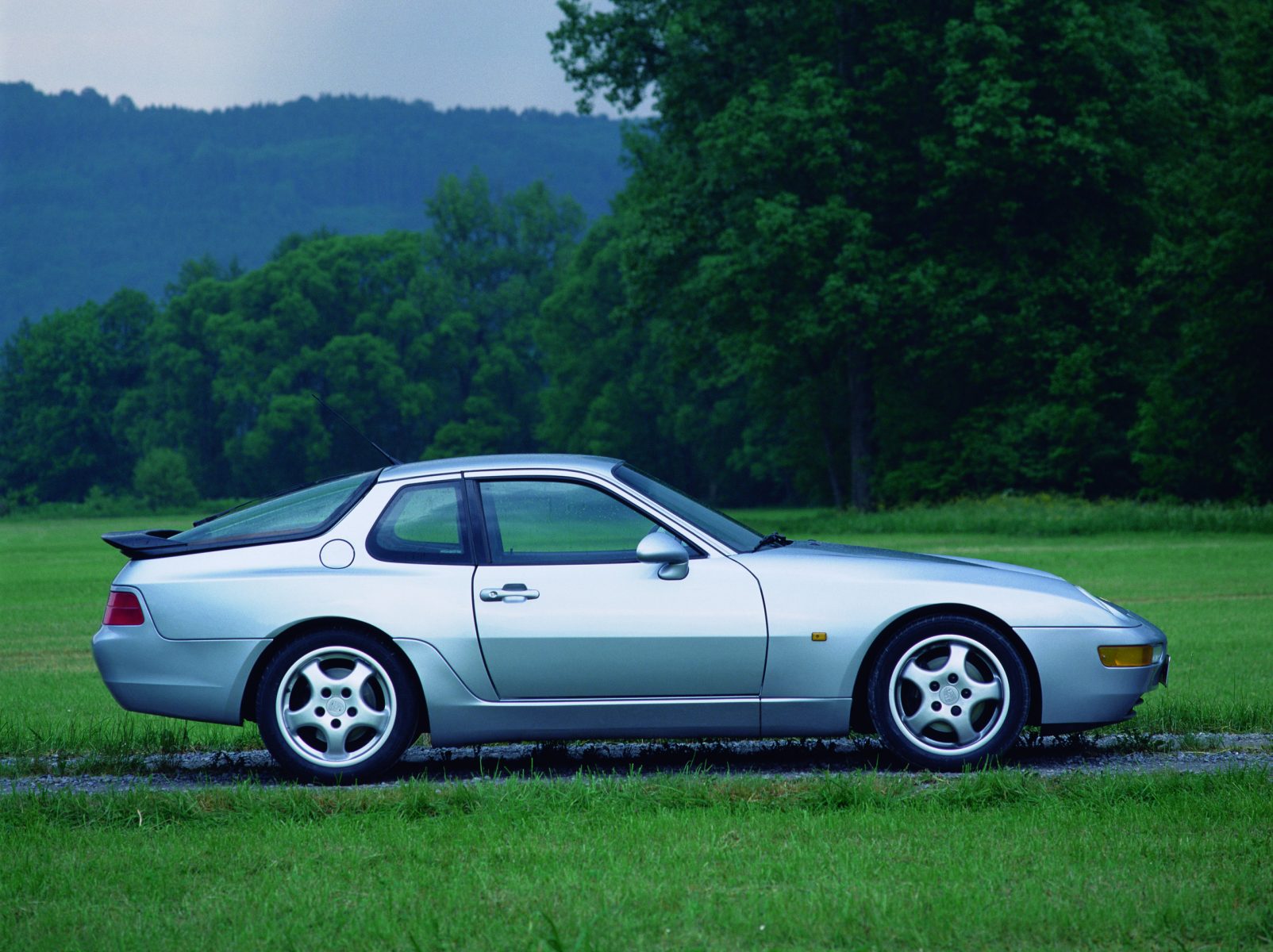 When it comes to Porsche’s front-engined offering of the late 70s, 80s and early 90s, it seems that time has done a lot to make the heart grow fonder.
When it comes to Porsche’s front-engined offering of the late 70s, 80s and early 90s, it seems that time has done a lot to make the heart grow fonder.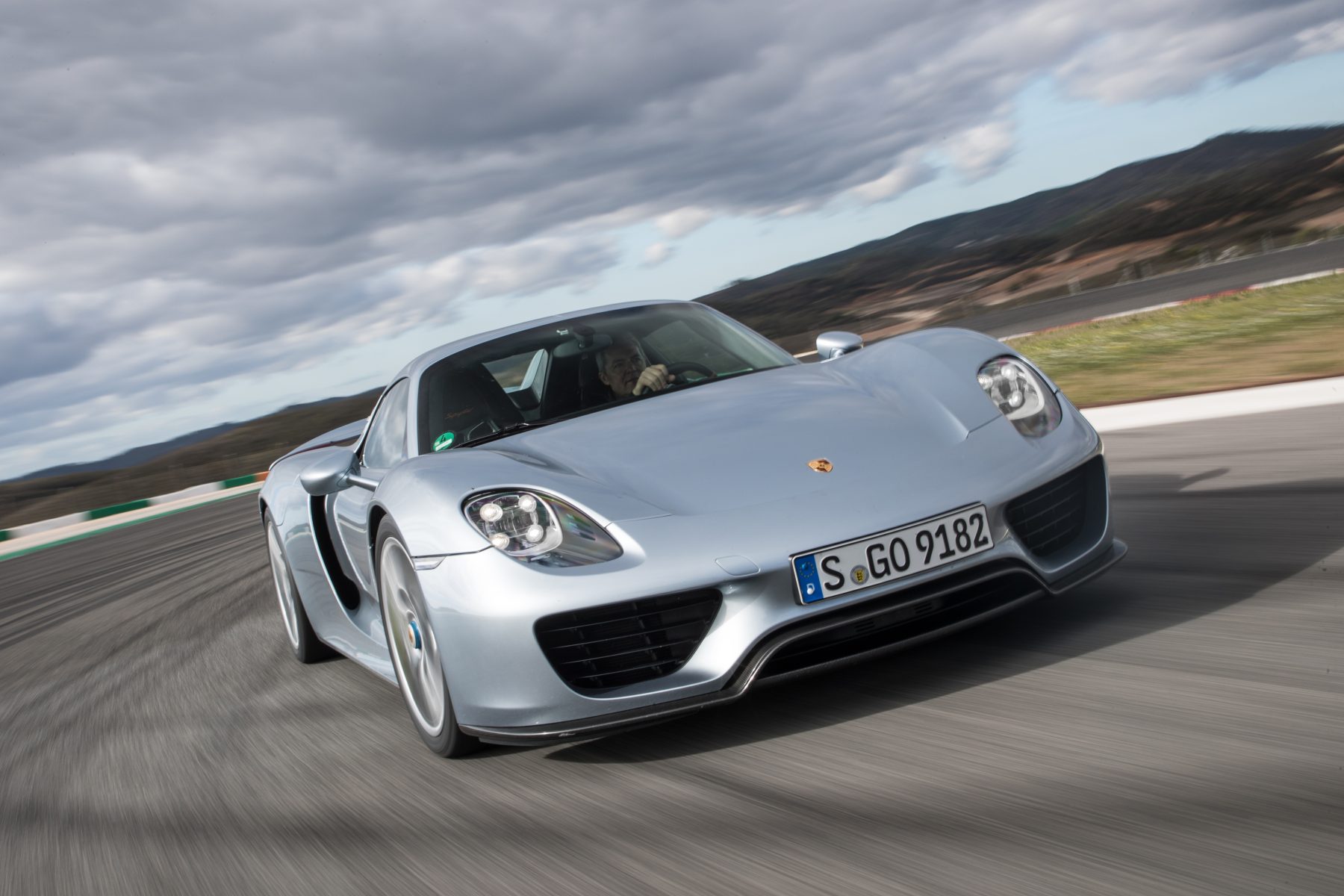 To say that the 918 Spyder had a lot to live up to is perhaps the mother of all understatements.
To say that the 918 Spyder had a lot to live up to is perhaps the mother of all understatements.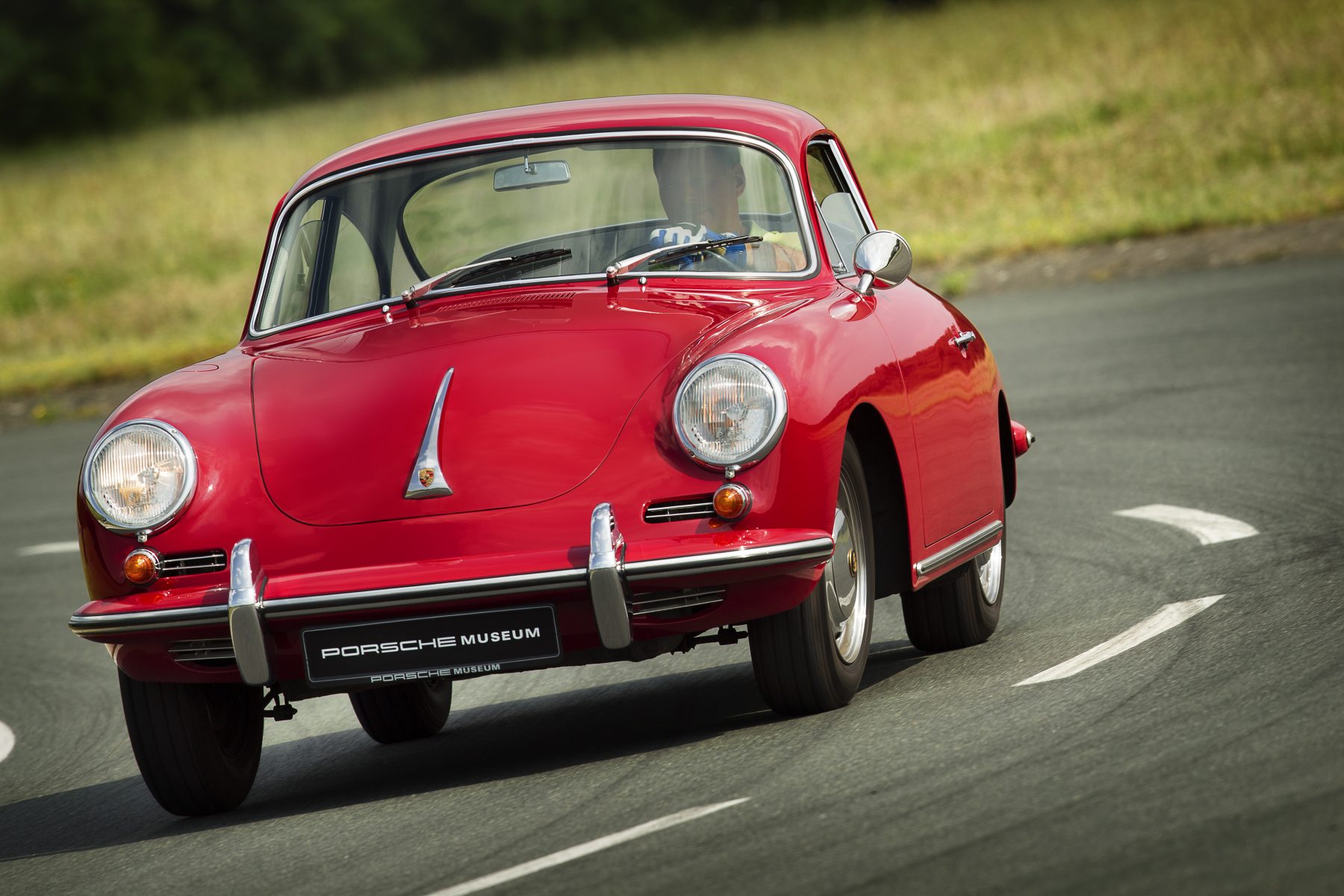 While it would be a bold move to argue in favour of this Porsche being the best, it is certainly the original.
While it would be a bold move to argue in favour of this Porsche being the best, it is certainly the original.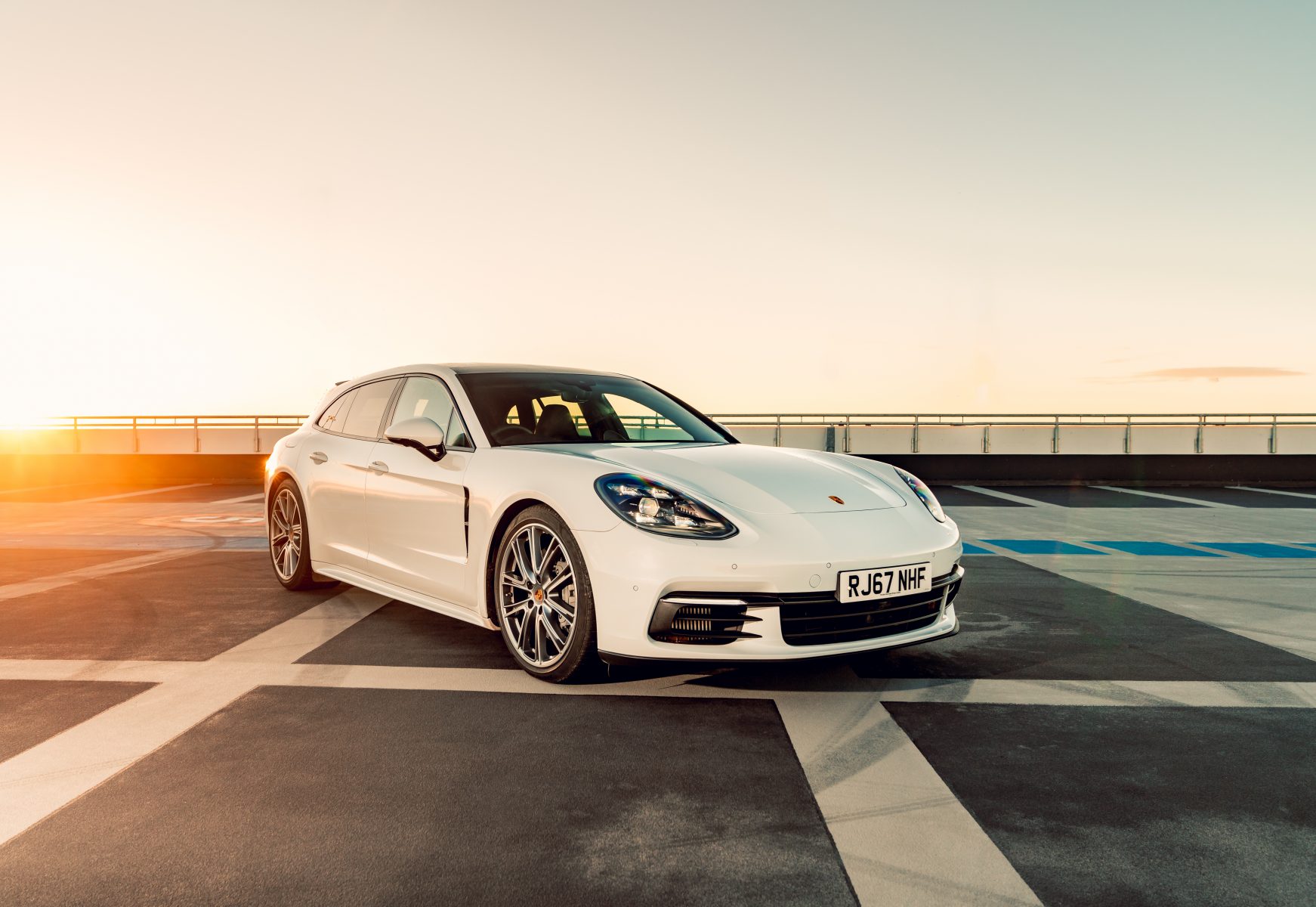 Porsche had been experimenting with the idea of a saloon-style car long before the arrival of this car, as can be seen courtesy of the 989 concept of the late-1980s.
Porsche had been experimenting with the idea of a saloon-style car long before the arrival of this car, as can be seen courtesy of the 989 concept of the late-1980s.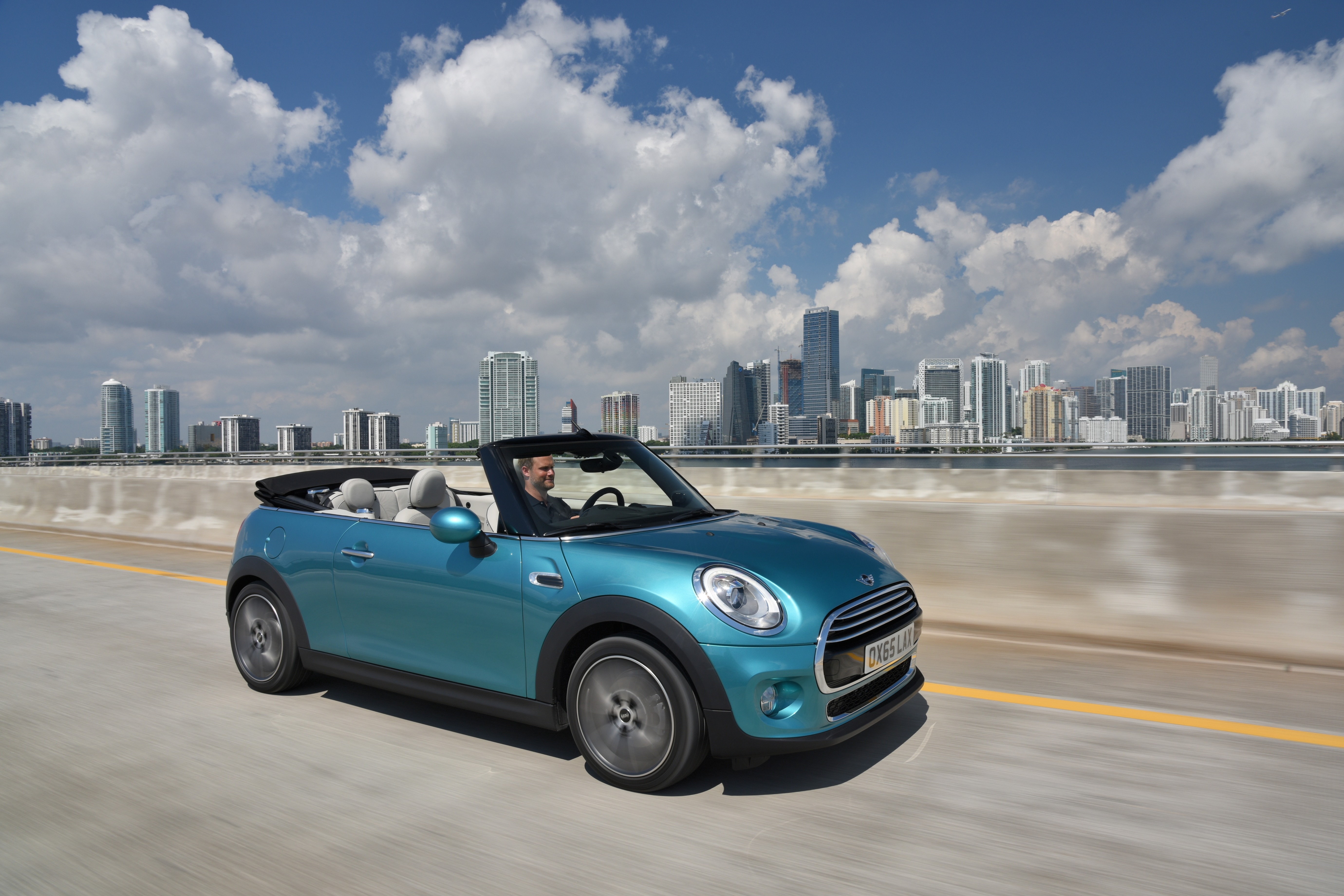
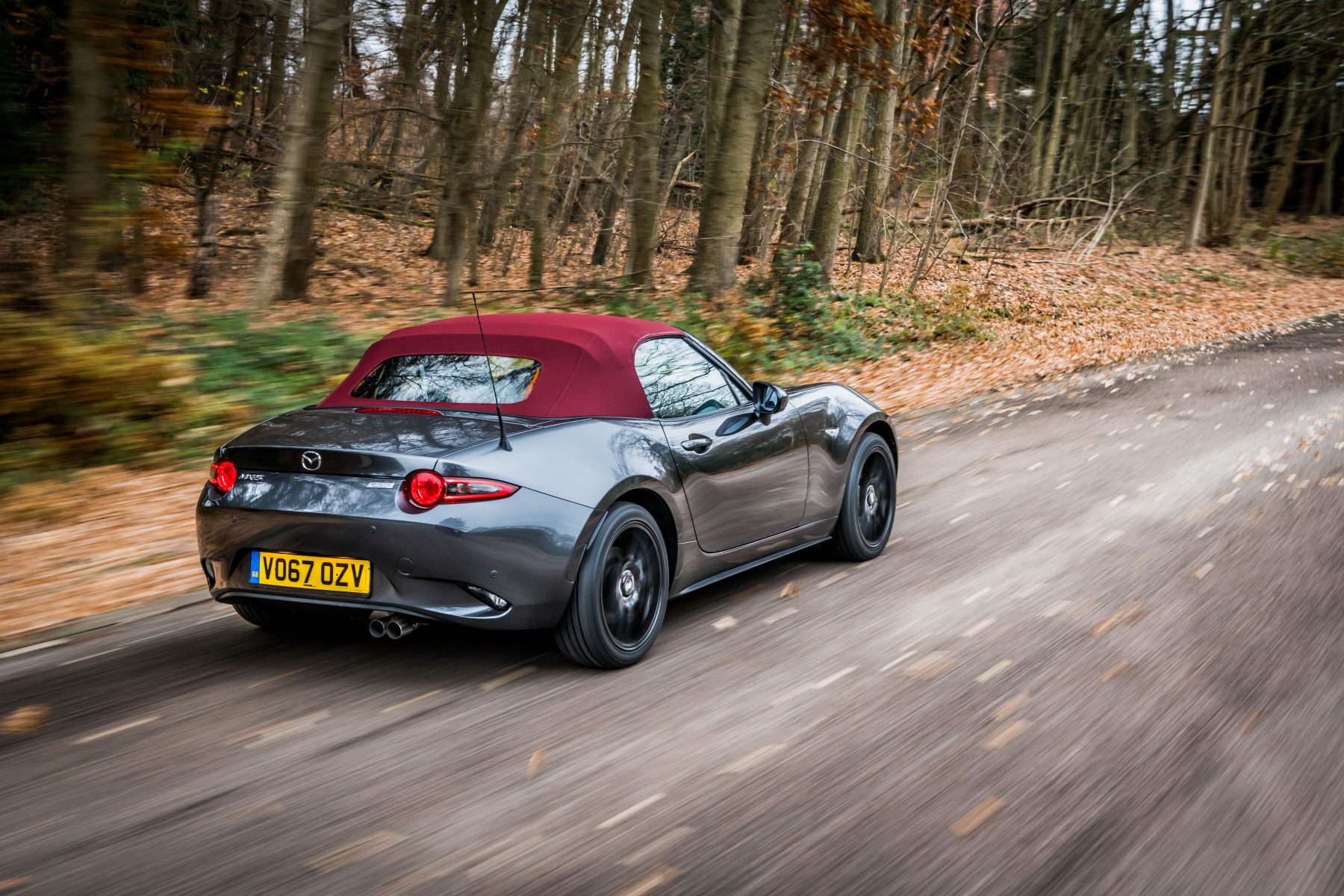 The MX-5 is a bit of an obvious choice when it comes to summer cars. It’s a drop-top, for starters, which means you can fully enjoy the summer sun when it finally arrives. It’s also involving to drive, as well as reliable and relatively cheap to run, too.
The MX-5 is a bit of an obvious choice when it comes to summer cars. It’s a drop-top, for starters, which means you can fully enjoy the summer sun when it finally arrives. It’s also involving to drive, as well as reliable and relatively cheap to run, too. 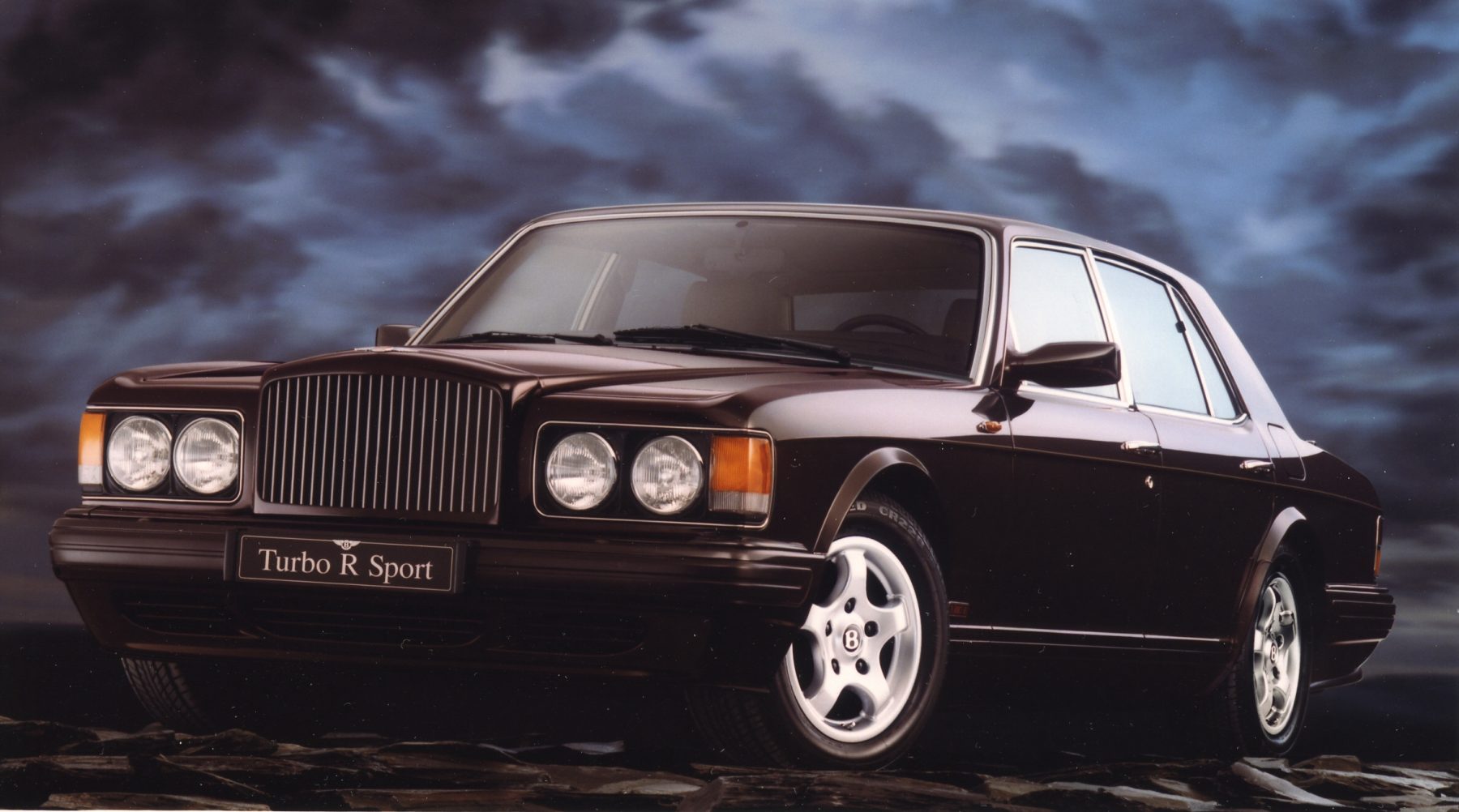 If you’re going to make the most of the summer, then why not do it in style? Enter the Bentley Turbo R. With a 6.7-litre V8 it’s immensely powerful, and will quickly waft you from point A to point B in effortless luxury.
If you’re going to make the most of the summer, then why not do it in style? Enter the Bentley Turbo R. With a 6.7-litre V8 it’s immensely powerful, and will quickly waft you from point A to point B in effortless luxury.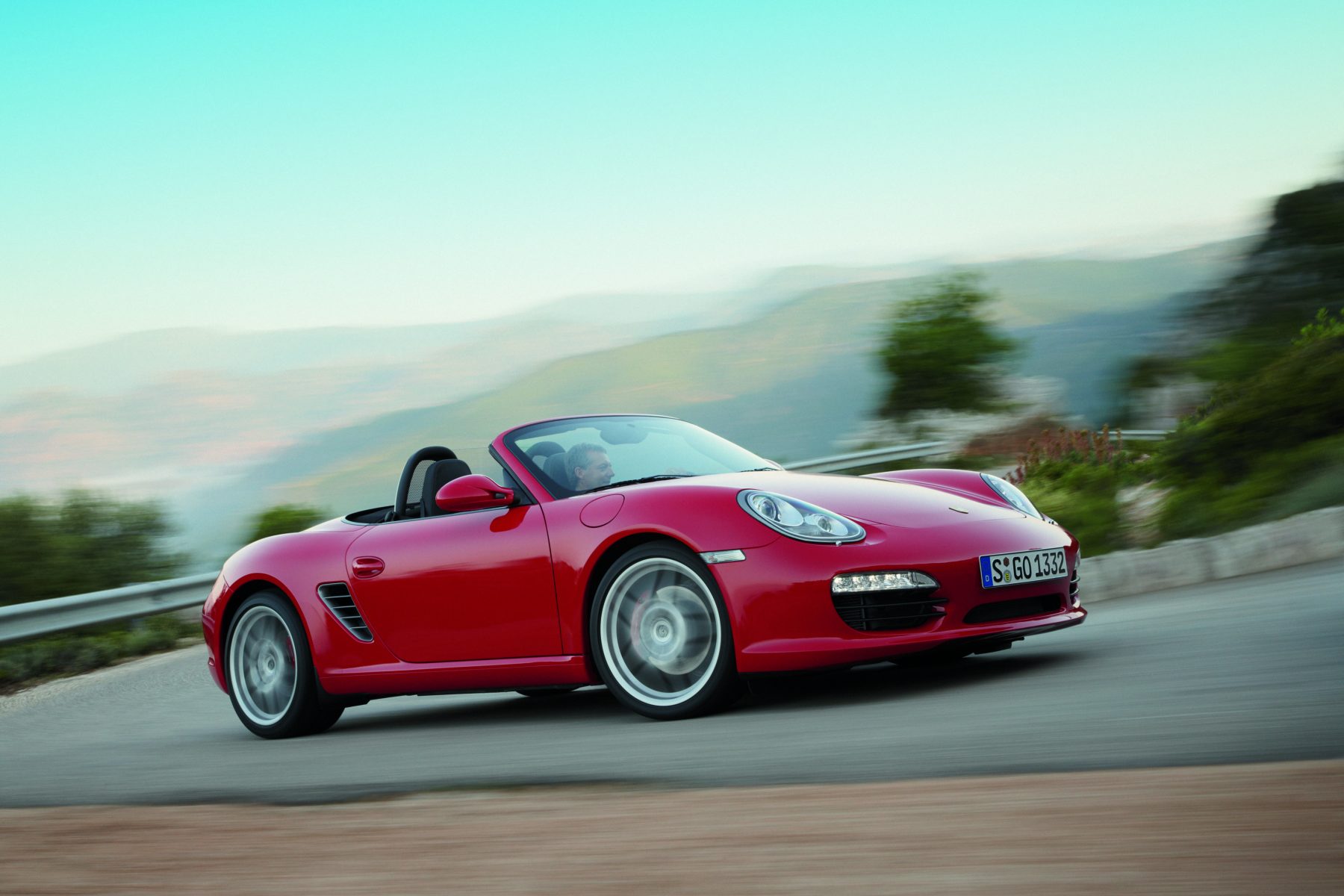 Debuting as the pint-sized Porsche for those who couldn’t quite afford a 911, the Boxster has carved out a fanbase and market all of its own over the course of a 20+ year career to date.
Debuting as the pint-sized Porsche for those who couldn’t quite afford a 911, the Boxster has carved out a fanbase and market all of its own over the course of a 20+ year career to date. 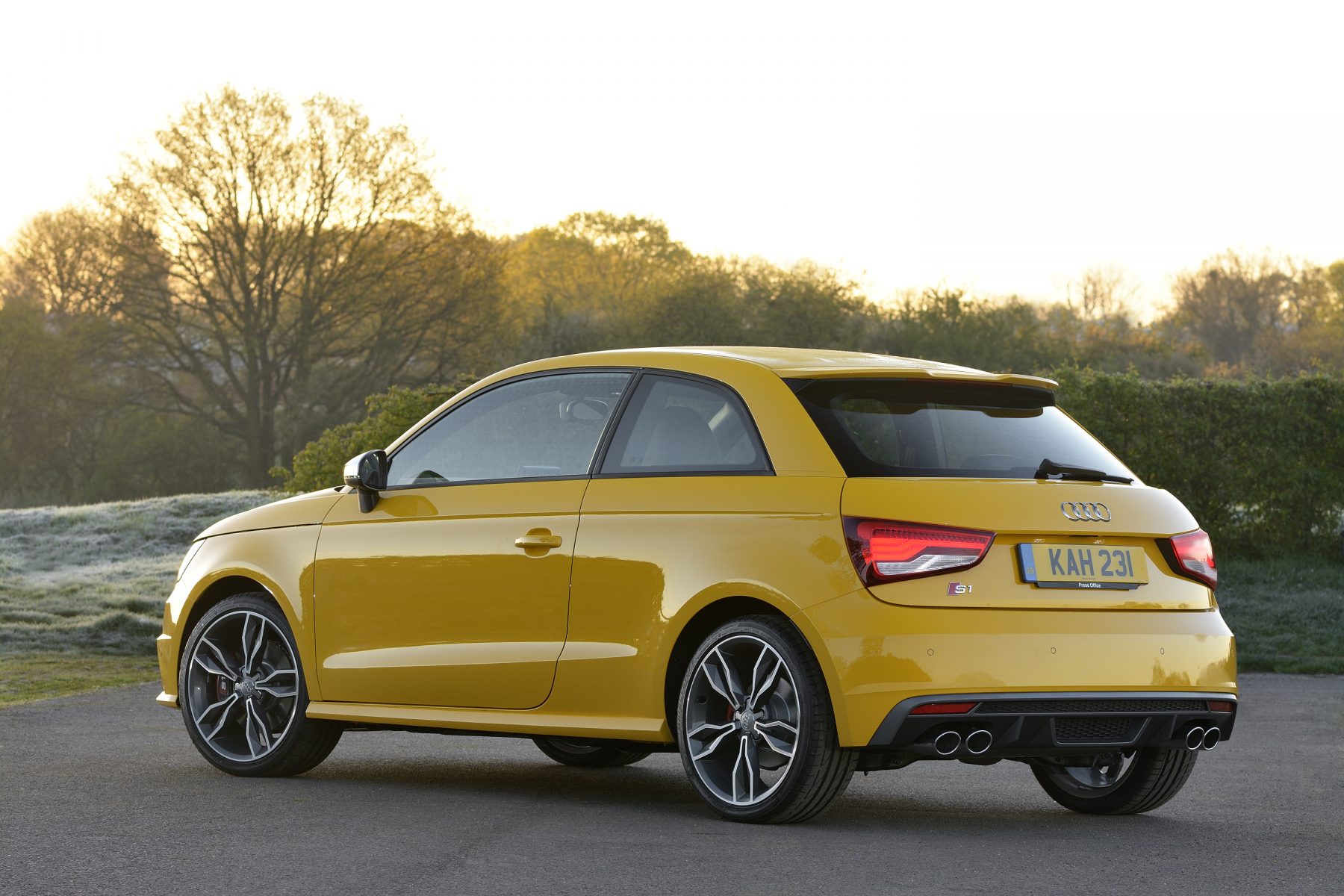 Audi’s pocket-sized A1 may have been the last car people expected the German firm to give its ‘S’ treatment to, but it did – resulting in the S1. With a 2.0-litre engine under the bonnet giving 227bhp to play with, its performance far exceed what its cutesy looks would lead you to believe.
Audi’s pocket-sized A1 may have been the last car people expected the German firm to give its ‘S’ treatment to, but it did – resulting in the S1. With a 2.0-litre engine under the bonnet giving 227bhp to play with, its performance far exceed what its cutesy looks would lead you to believe. 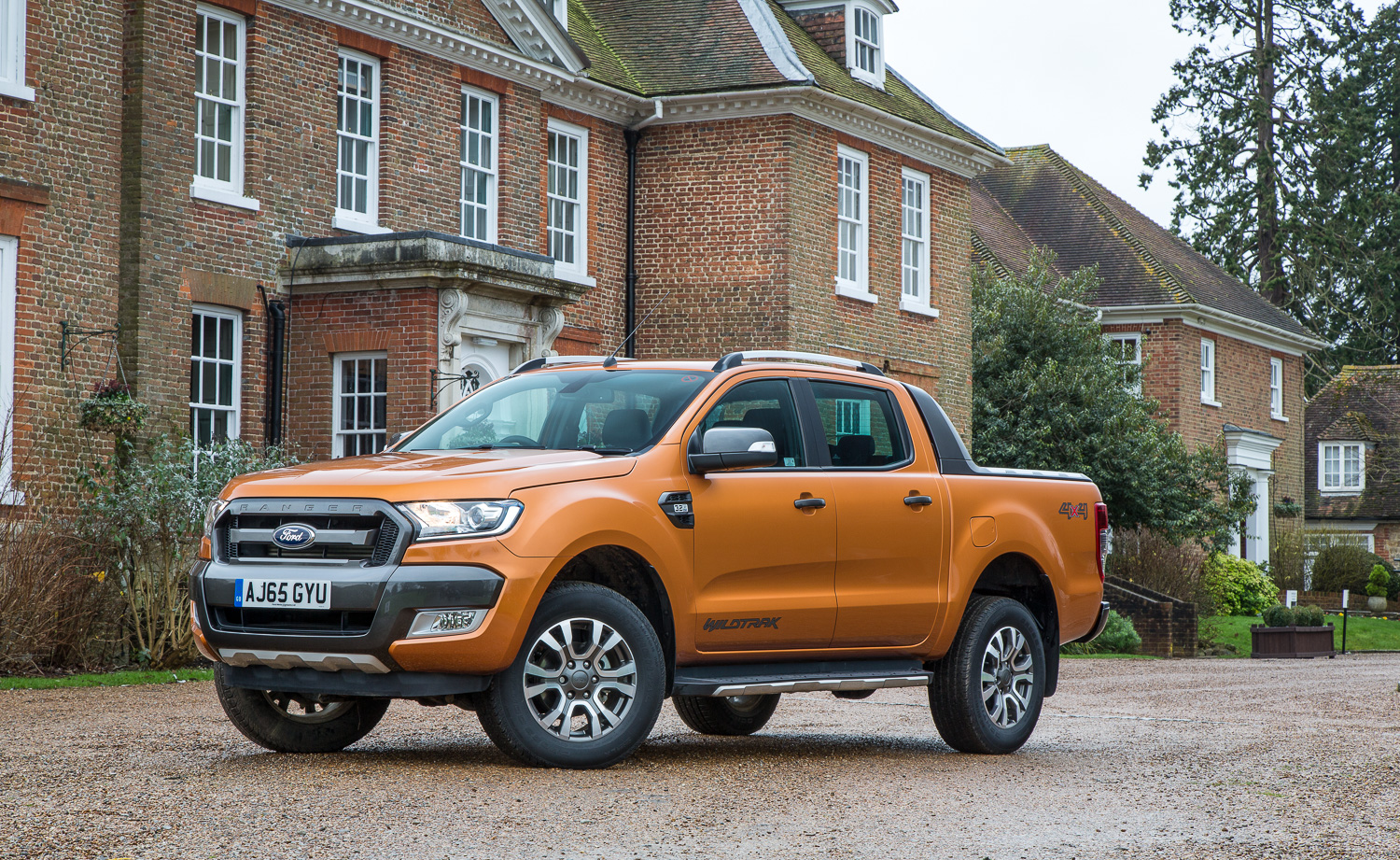 A pick-up is always an enjoyable mode of summertime transport, and the Ford Ranger Wildtrak is a great option. It’s big, brash and in-your-face, but that’s what you’d expect from a big pick-up truck.
A pick-up is always an enjoyable mode of summertime transport, and the Ford Ranger Wildtrak is a great option. It’s big, brash and in-your-face, but that’s what you’d expect from a big pick-up truck.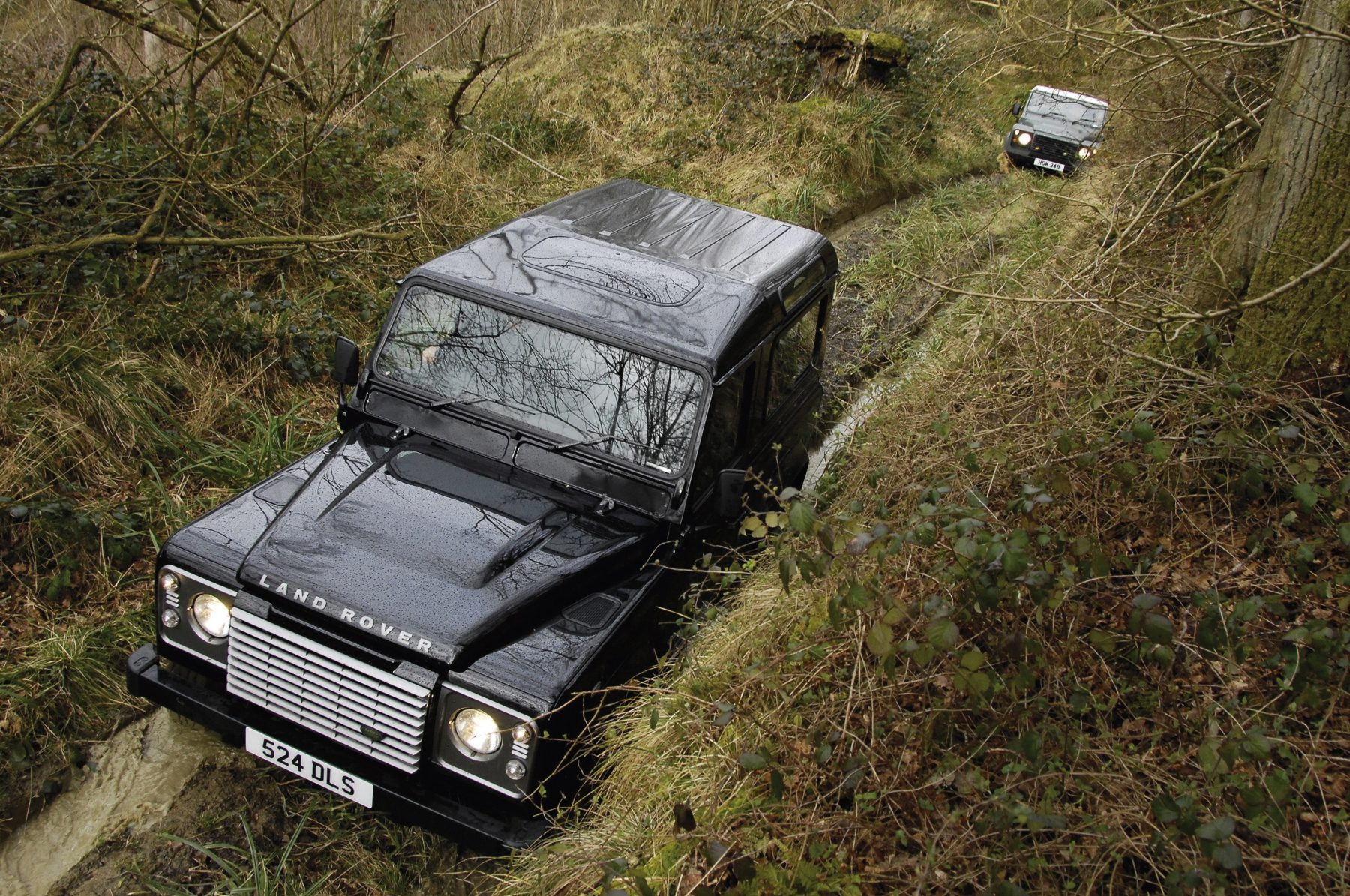 In truth, the Defender is perhaps the car for all weather, but it certainly suits the sun. At under £15,000 you can find quite a few factory-spec vehicles, many of which are currently geared more for commercial use, as well as many examples that have been tastefully modified by previous owners.
In truth, the Defender is perhaps the car for all weather, but it certainly suits the sun. At under £15,000 you can find quite a few factory-spec vehicles, many of which are currently geared more for commercial use, as well as many examples that have been tastefully modified by previous owners. 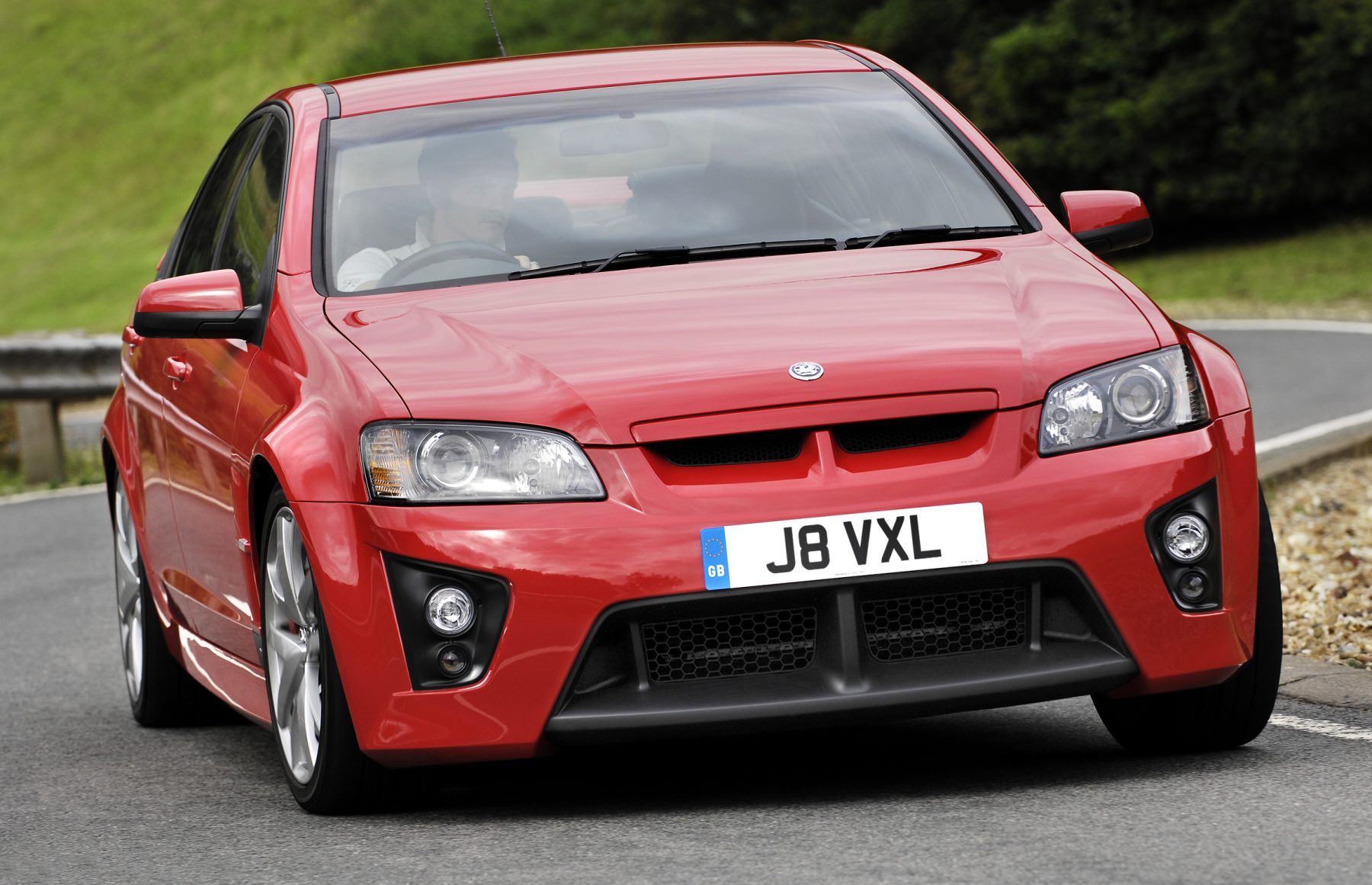 As many may already know, the VXR8 is a Vauxhall in name only. The reality is this car is a production of General Motors’ Australian subsidy Holden, more specifically, its Holden Special Vehicles (HSV) performance division. This lump of Aussie muscle borrows the 6.2-litre V8 from a Chevrolet Corvette, with 430bhp on tap.
As many may already know, the VXR8 is a Vauxhall in name only. The reality is this car is a production of General Motors’ Australian subsidy Holden, more specifically, its Holden Special Vehicles (HSV) performance division. This lump of Aussie muscle borrows the 6.2-litre V8 from a Chevrolet Corvette, with 430bhp on tap.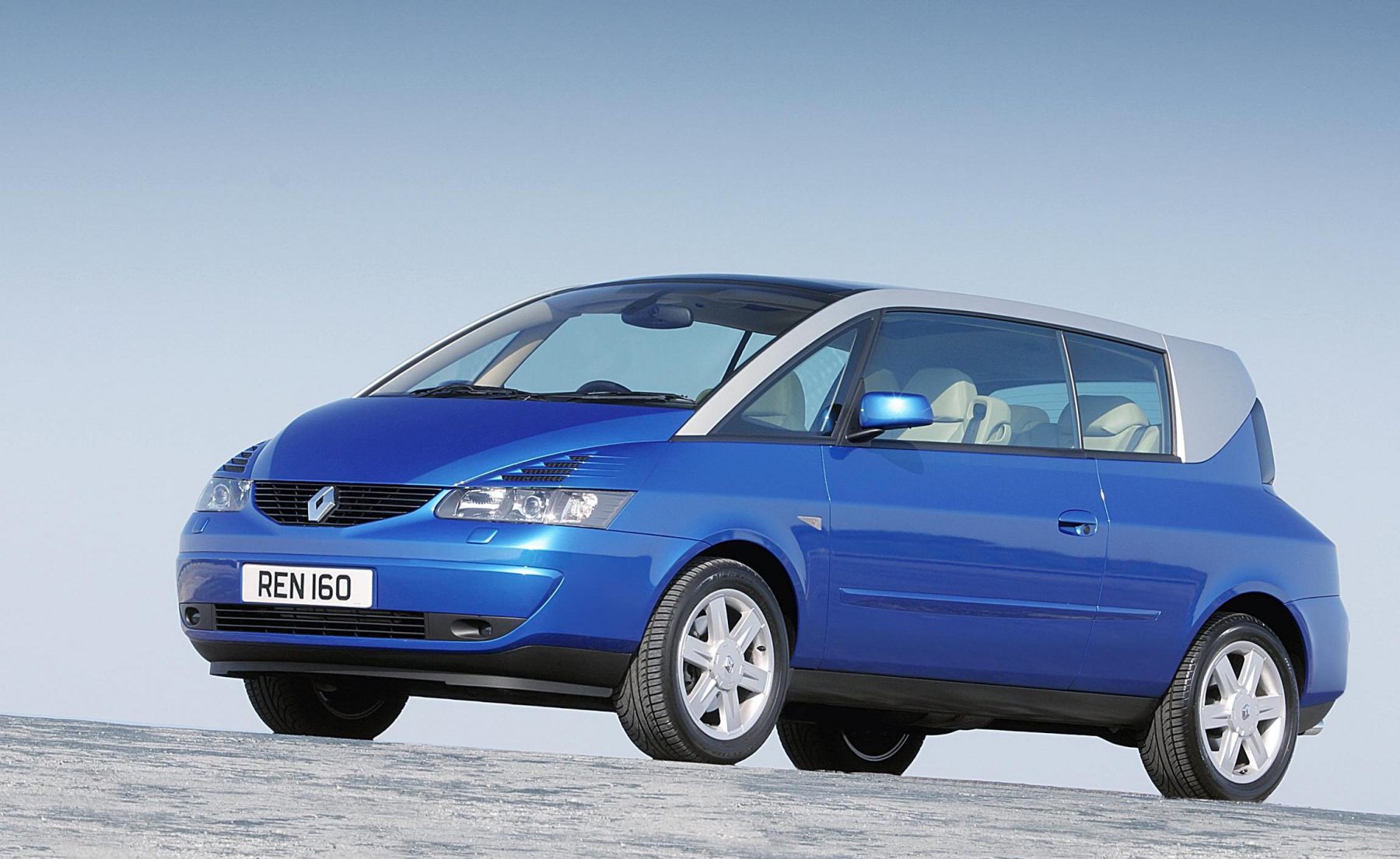 Is an MPV really a summer car? In this instance, absolutely.
Is an MPV really a summer car? In this instance, absolutely. 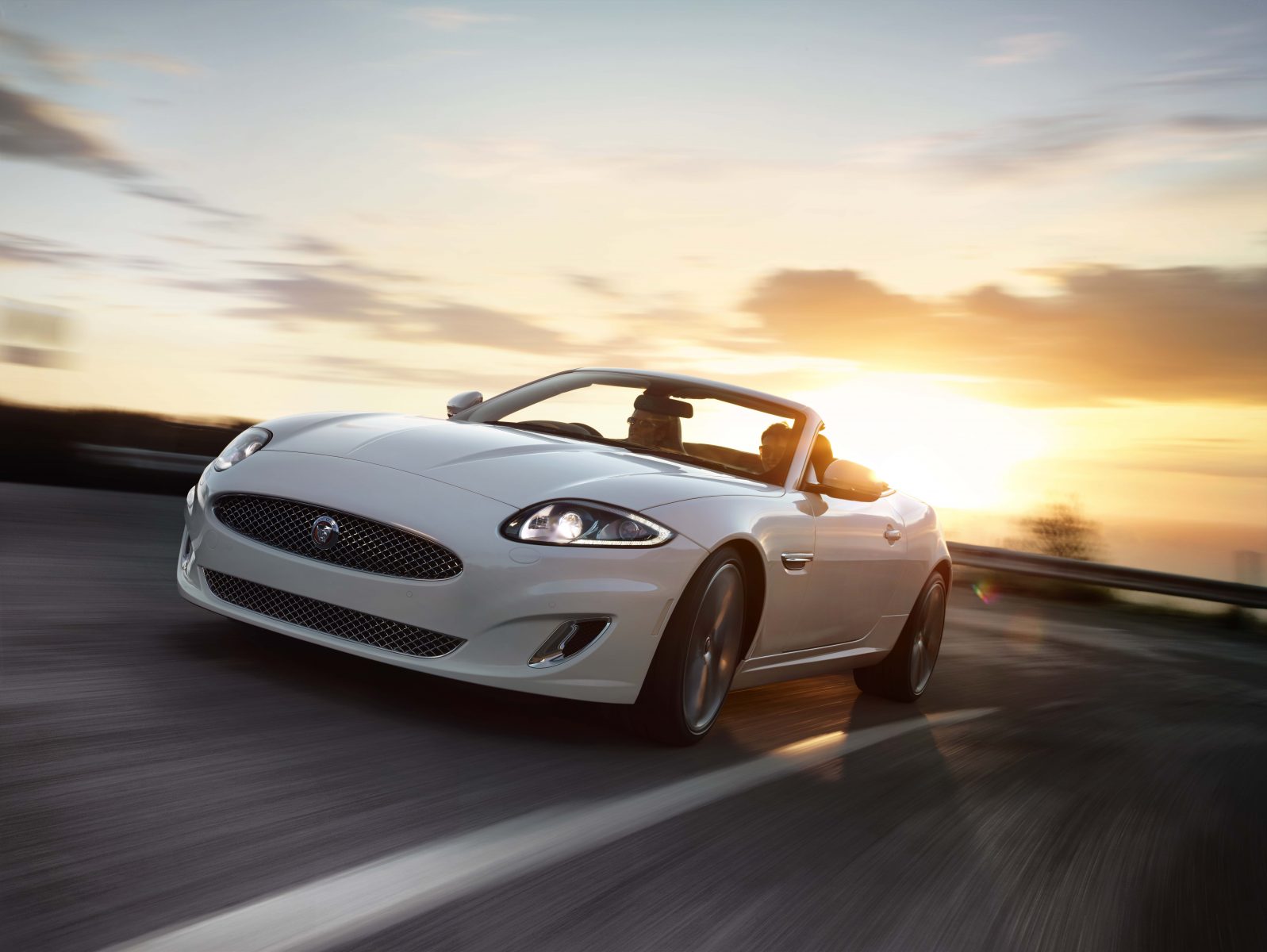 What would such a list be without a V8, drop-top sports car?
What would such a list be without a V8, drop-top sports car?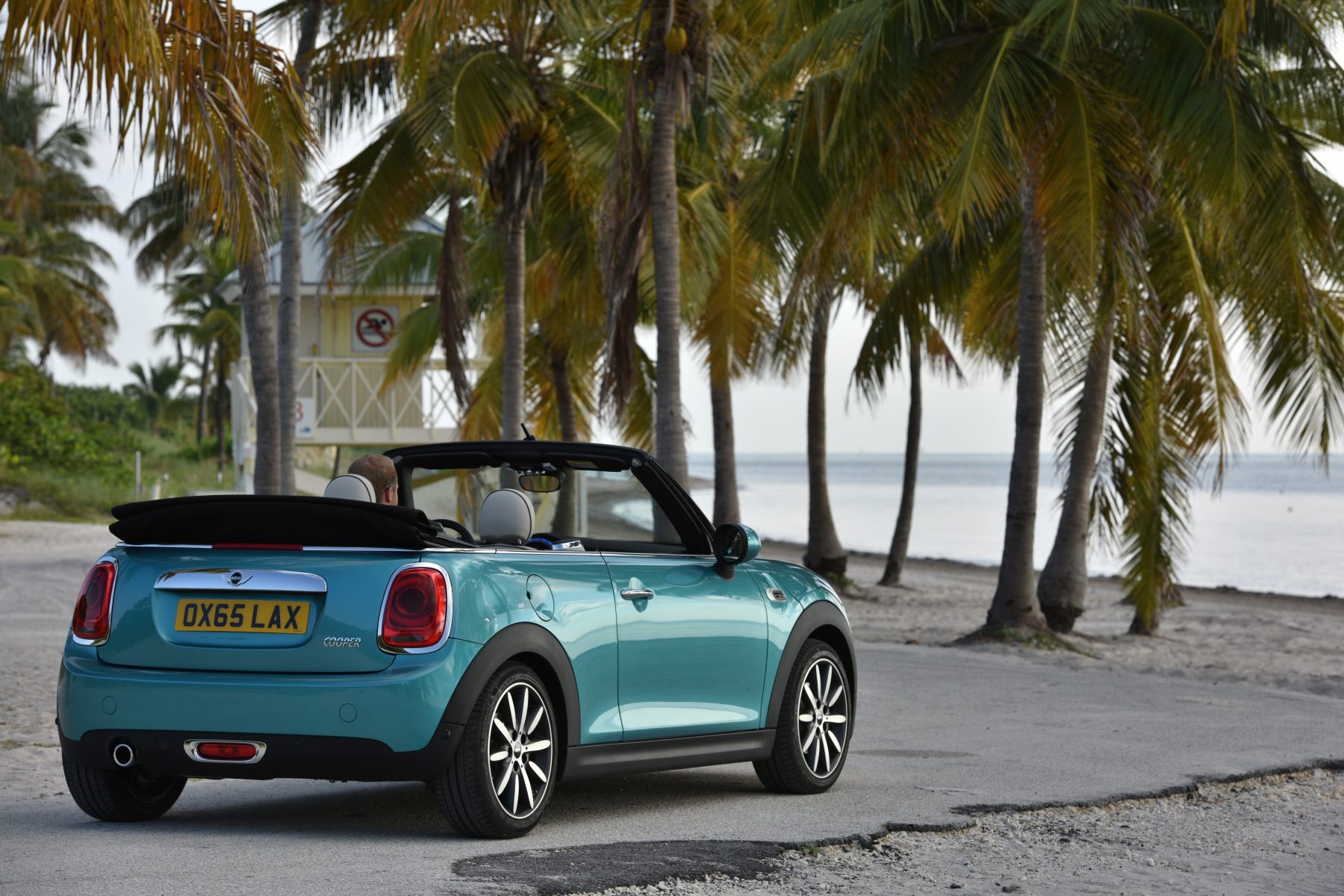 If you want something chic that suits the city, look no further than the Mini.
If you want something chic that suits the city, look no further than the Mini. 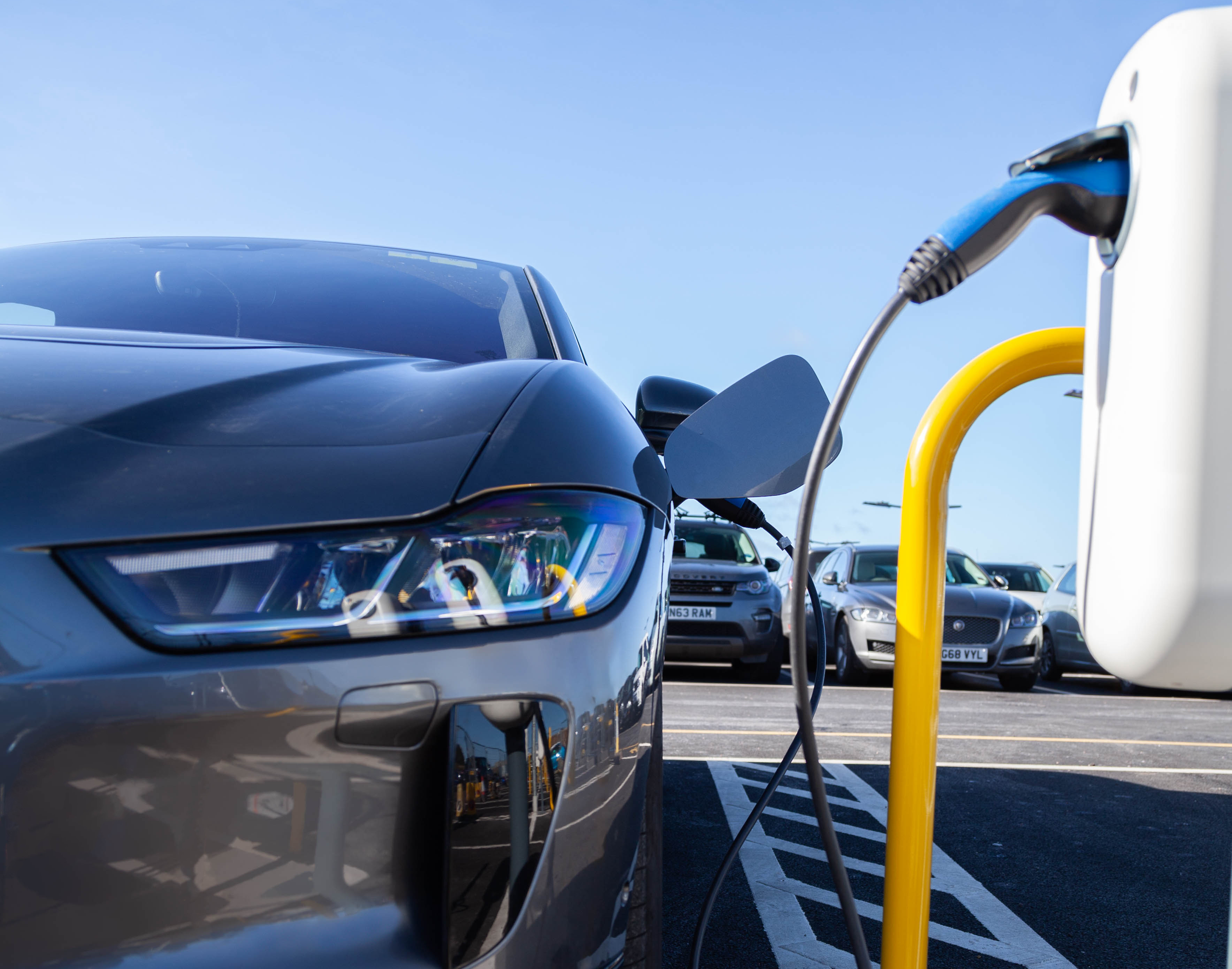
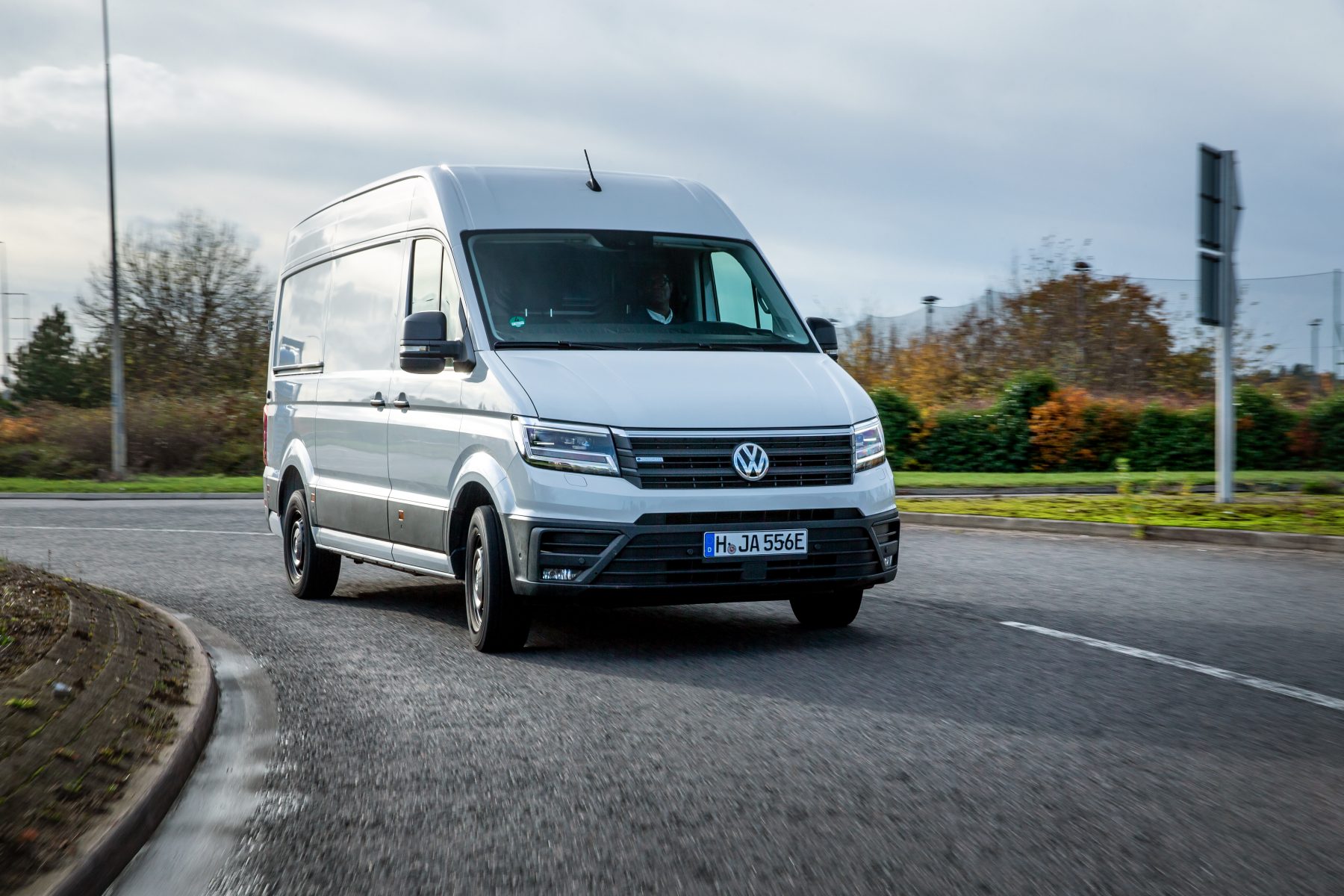 The plug-in grant doesn’t just apply to cars, it’s also applicable for vans, motorcycles, mopeds and taxis, so long as their official emissions figures fall under the amount specified in the legislation.
The plug-in grant doesn’t just apply to cars, it’s also applicable for vans, motorcycles, mopeds and taxis, so long as their official emissions figures fall under the amount specified in the legislation.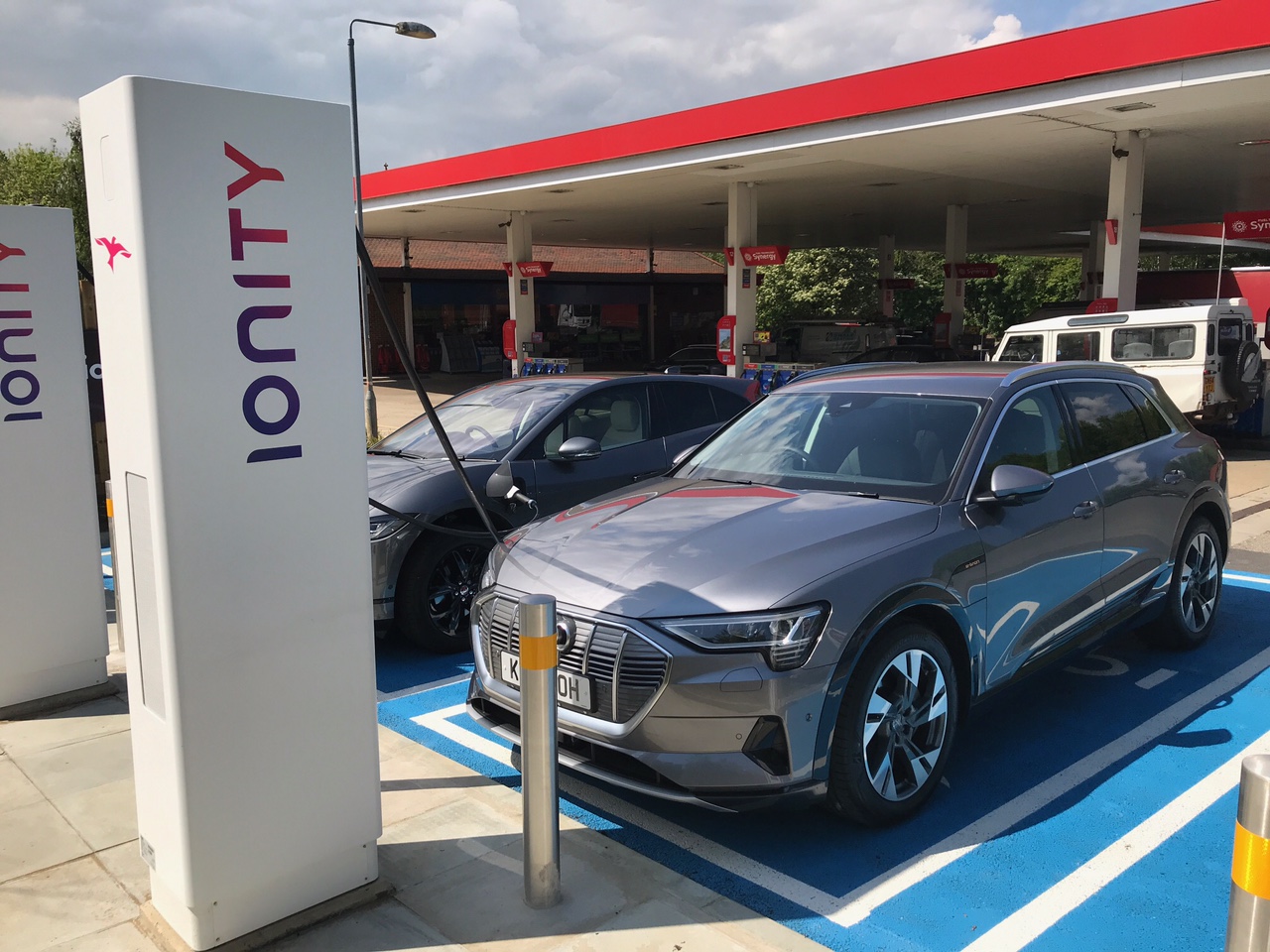 The criteria required for a vehicle to be eligible for the grant is different depending on the type of vehicle. For cars and taxis, they must emit less than 50g/km of CO2 and travel at least 70 miles without any emissions at all.
The criteria required for a vehicle to be eligible for the grant is different depending on the type of vehicle. For cars and taxis, they must emit less than 50g/km of CO2 and travel at least 70 miles without any emissions at all. There are currently 24 cars, 13 motorcycles, 16 mopeds, 11 vans and one taxi eligible for the grant. The full list is available on the government’s website.
There are currently 24 cars, 13 motorcycles, 16 mopeds, 11 vans and one taxi eligible for the grant. The full list is available on the government’s website.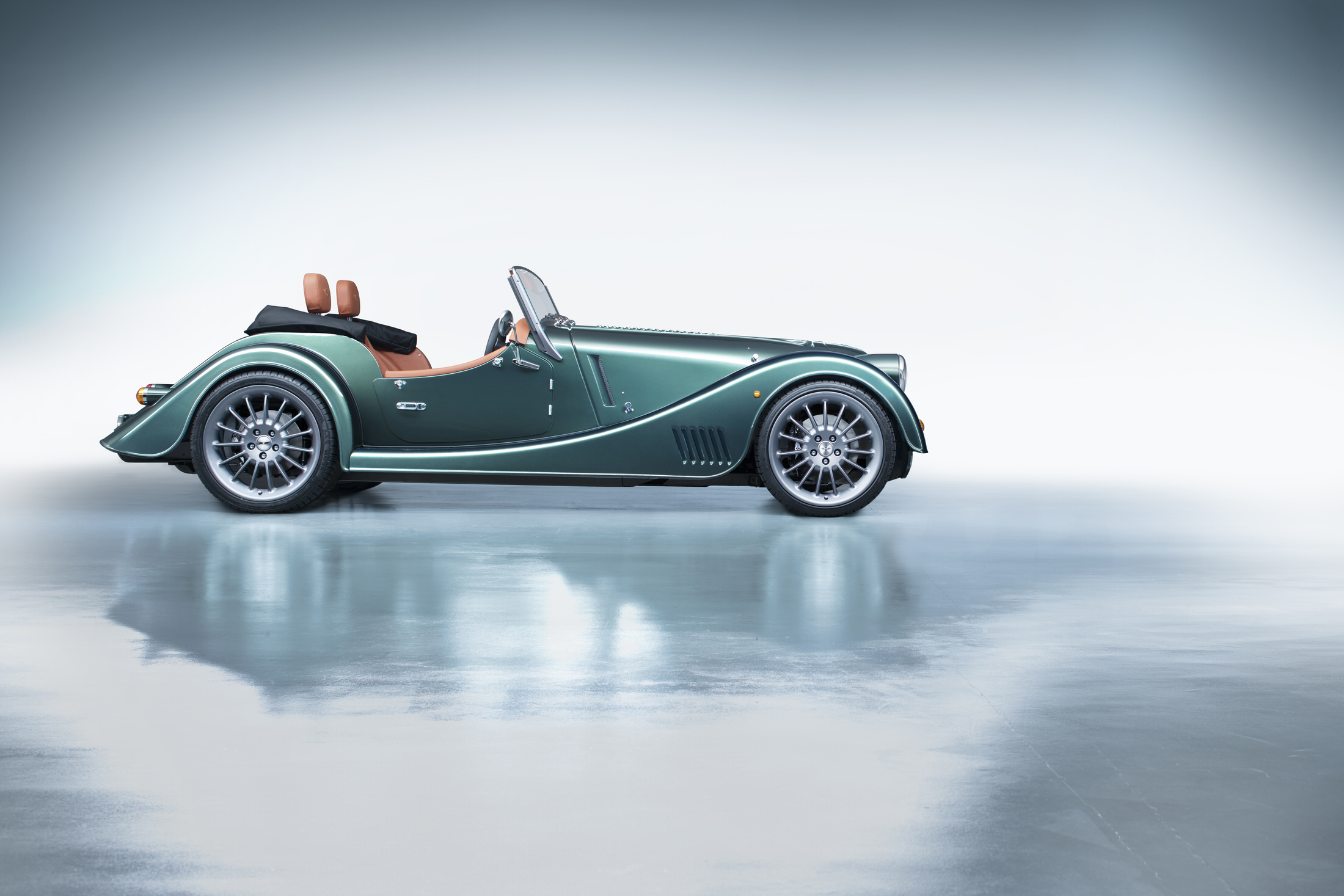
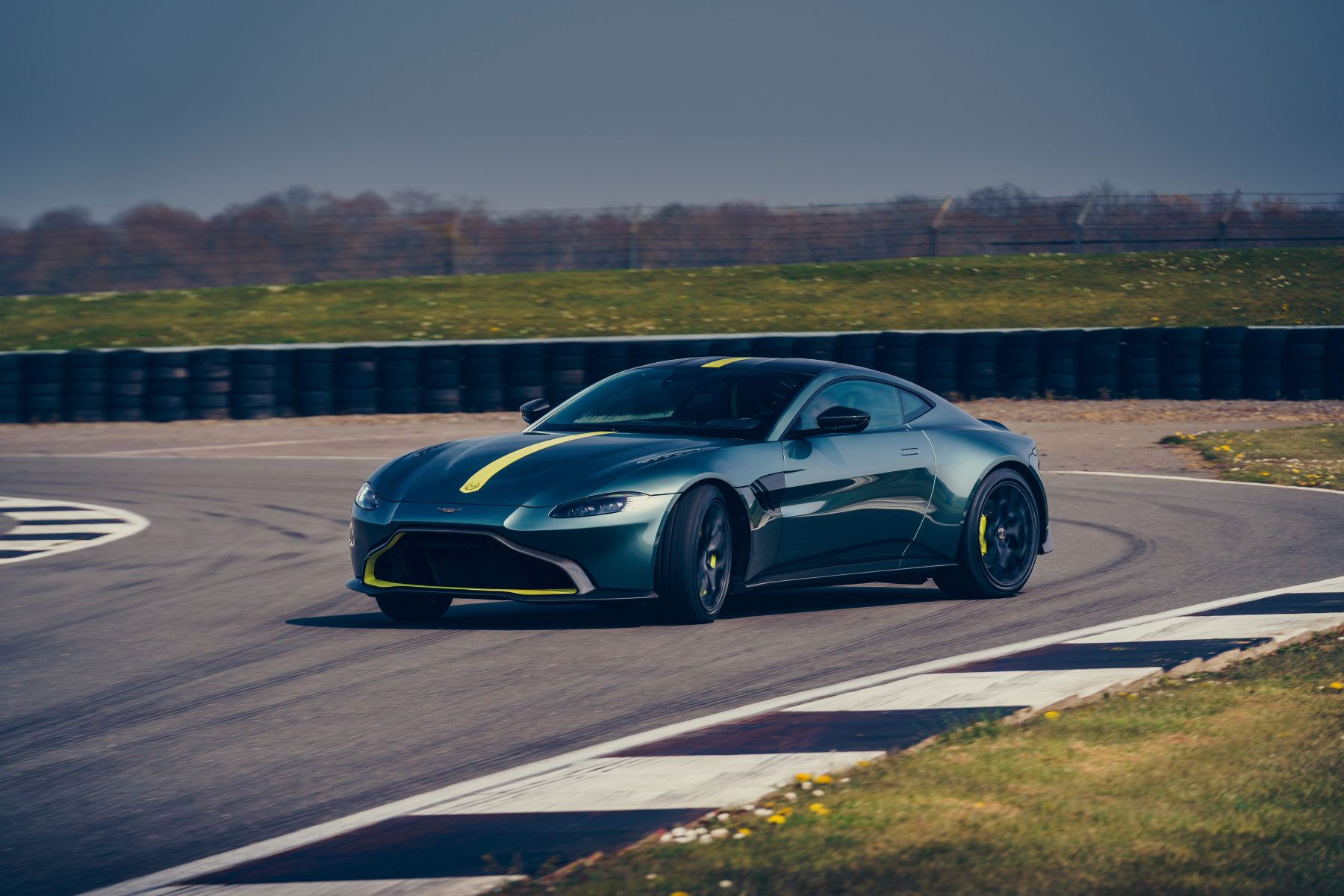 The automatic gearbox has become the go-to installation for practically every high-end car on the market, and even though many cars will have Formula One-style flappy paddles to their name, plenty of car enthusiasts lament the loss of the manual gearbox.
The automatic gearbox has become the go-to installation for practically every high-end car on the market, and even though many cars will have Formula One-style flappy paddles to their name, plenty of car enthusiasts lament the loss of the manual gearbox. Almost as quickly as Aston Martin endeared itself to the old guard, Morgan made them revolt.
Almost as quickly as Aston Martin endeared itself to the old guard, Morgan made them revolt.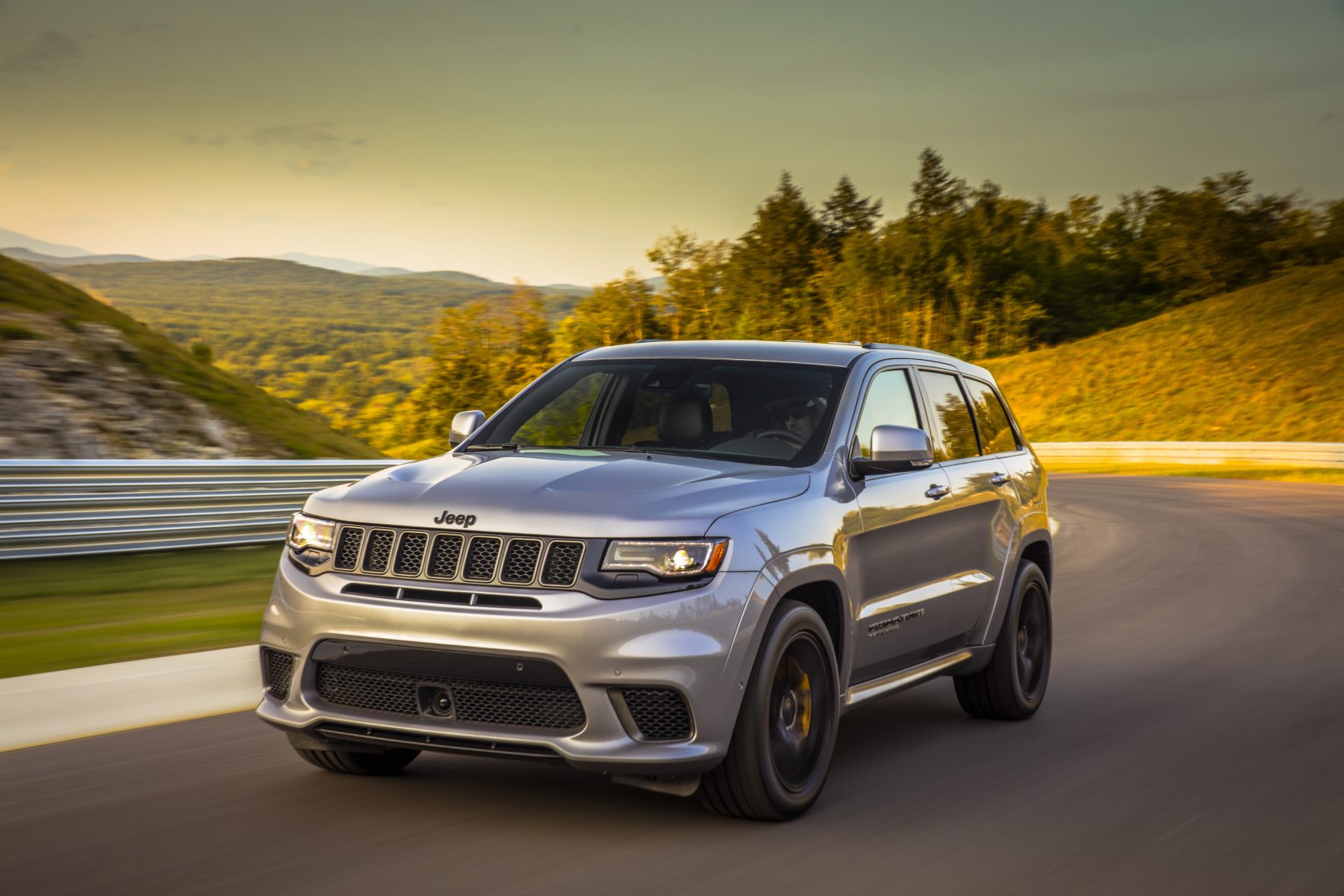 Typically, the ‘sporty’ version of an SUV is nothing more than a bodykit, but in recent times, the market for truly unhinged high-riders has soared.
Typically, the ‘sporty’ version of an SUV is nothing more than a bodykit, but in recent times, the market for truly unhinged high-riders has soared.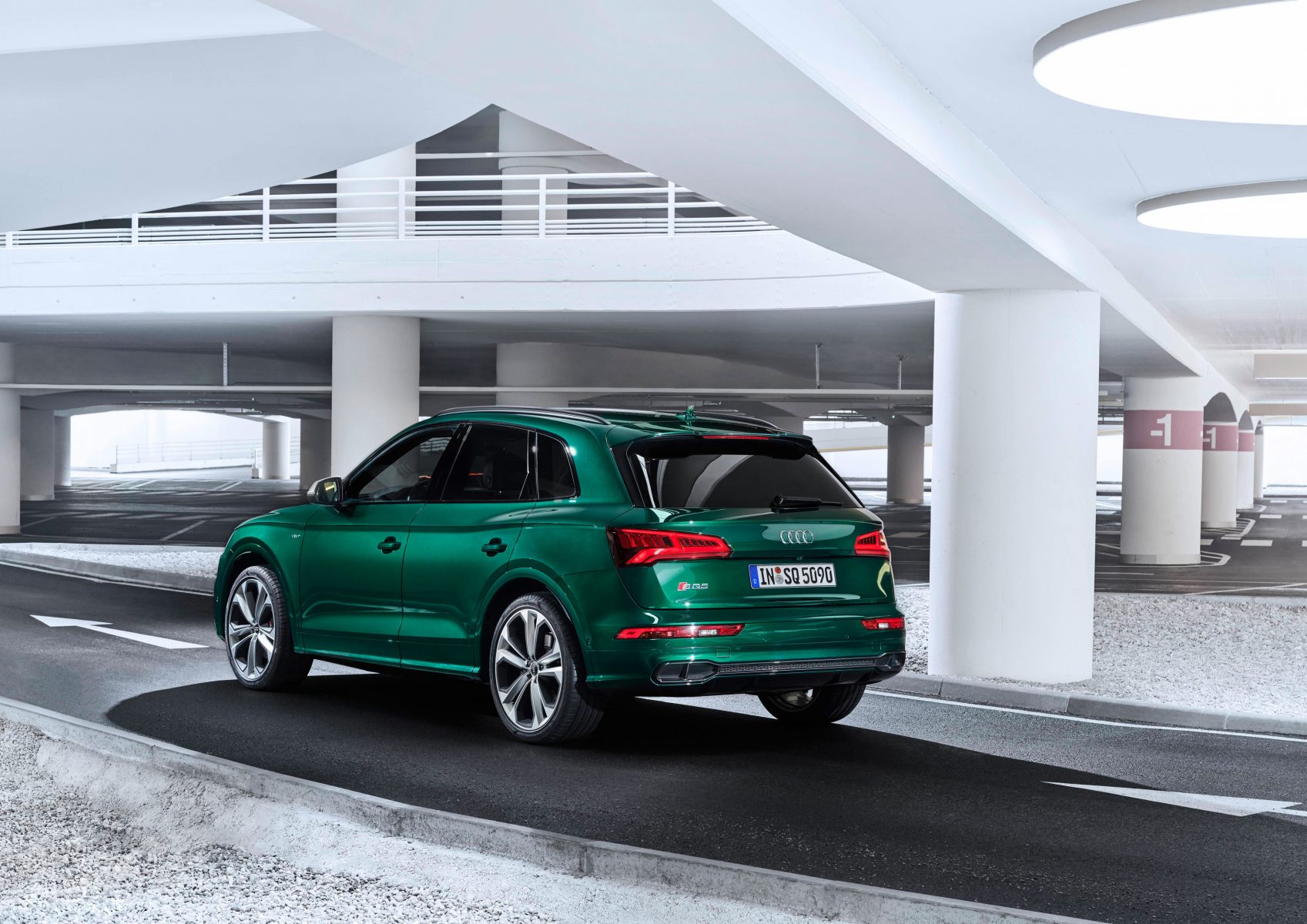 After a brief spell as a petrol-powered car, the performance-centric Audi SQ5 has returned to a diesel motor, sailing against the tide of the industry at large.
After a brief spell as a petrol-powered car, the performance-centric Audi SQ5 has returned to a diesel motor, sailing against the tide of the industry at large.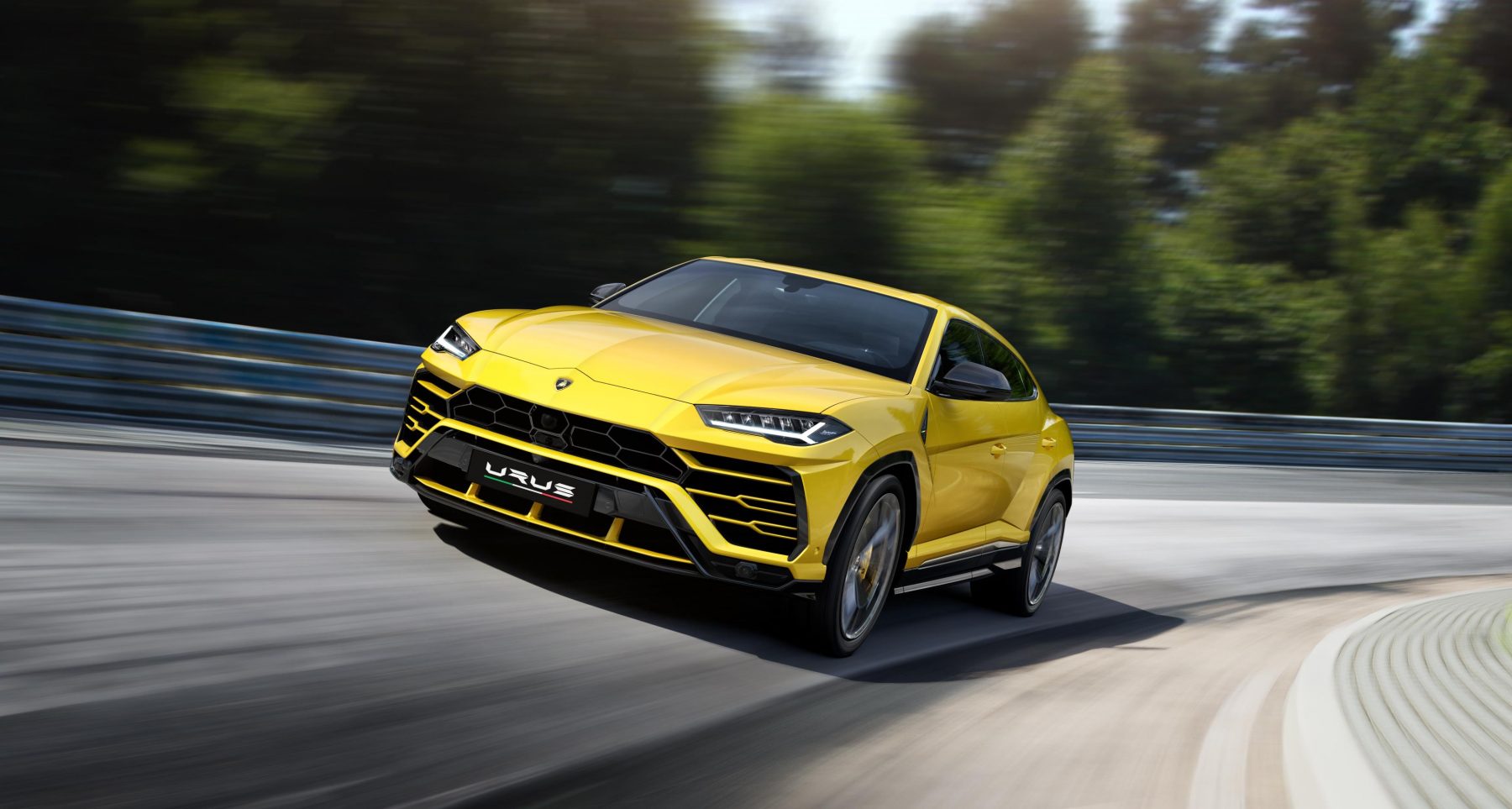 Yes, Lamborghini has made an off-roader before; the rough and ready, military-purposed LM002. And, given that the firm first built tractors, and still does so today, you could say that a certain level of precedent exists for a high-riding Lambo.
Yes, Lamborghini has made an off-roader before; the rough and ready, military-purposed LM002. And, given that the firm first built tractors, and still does so today, you could say that a certain level of precedent exists for a high-riding Lambo.